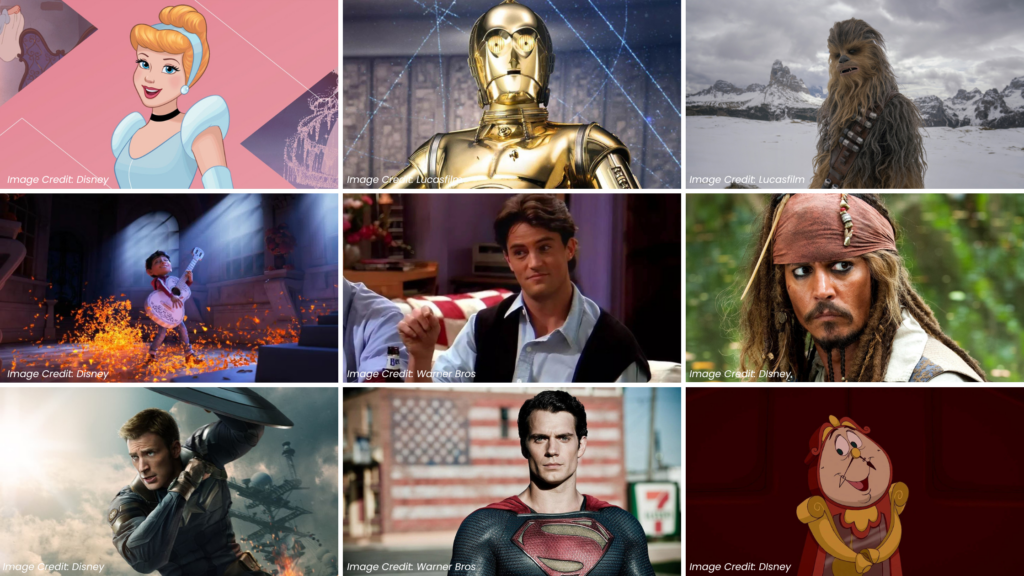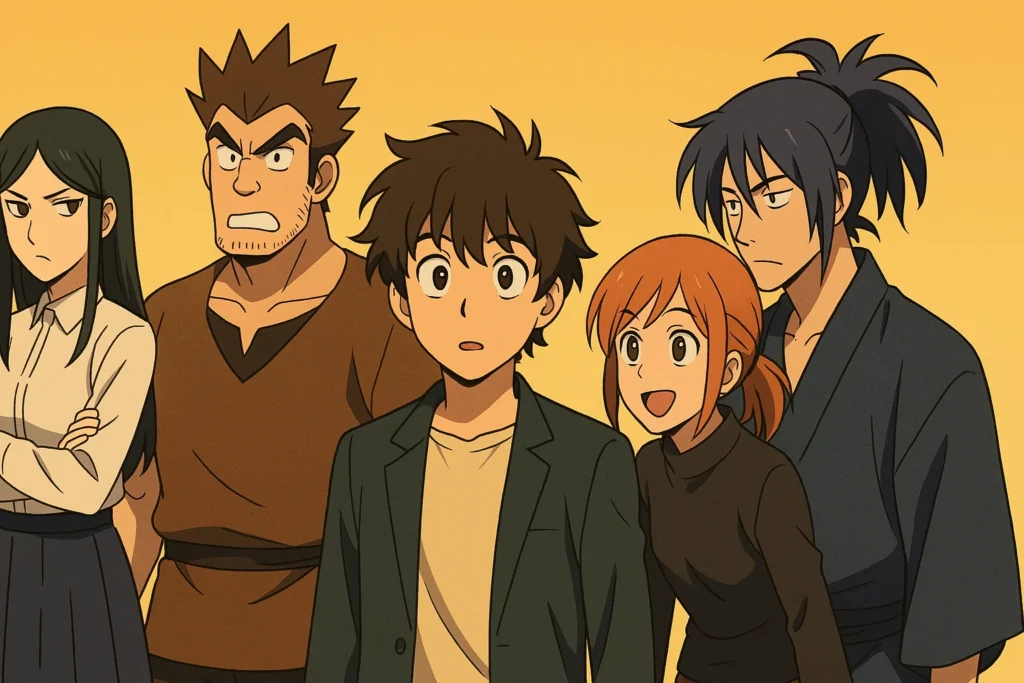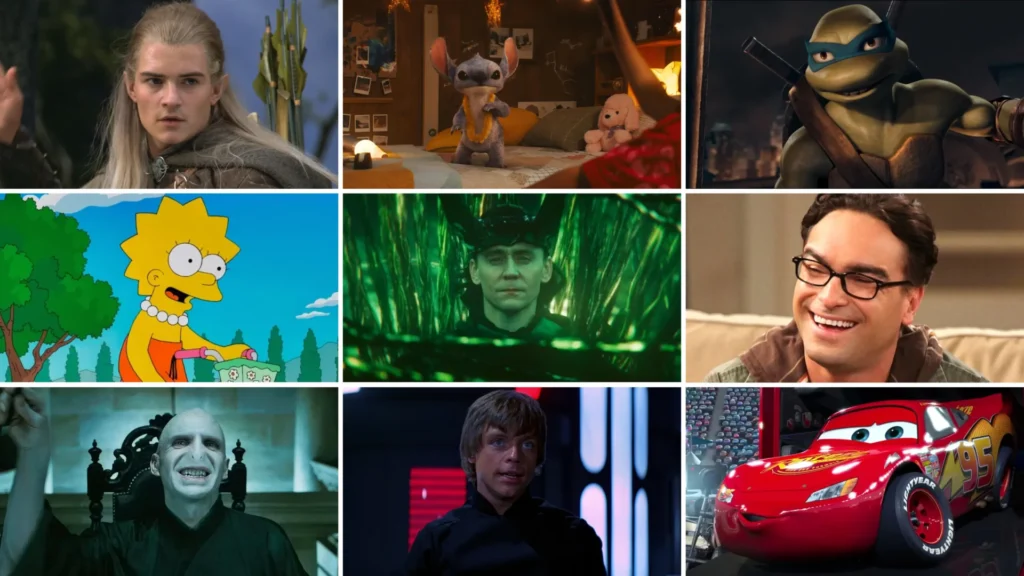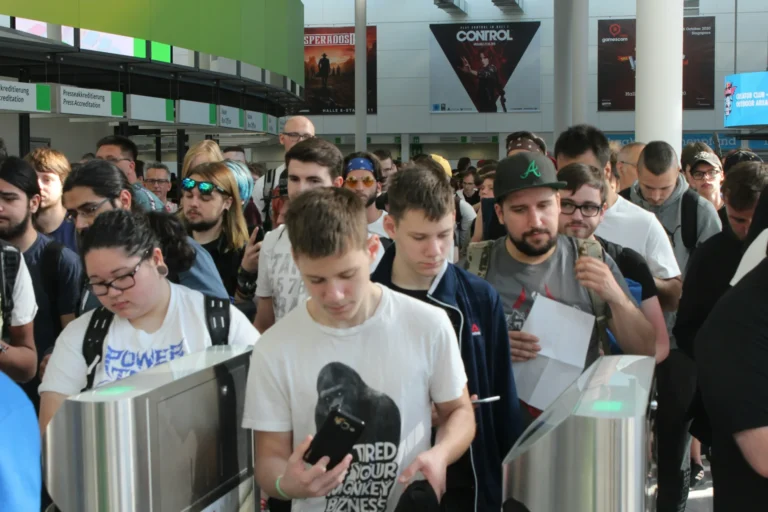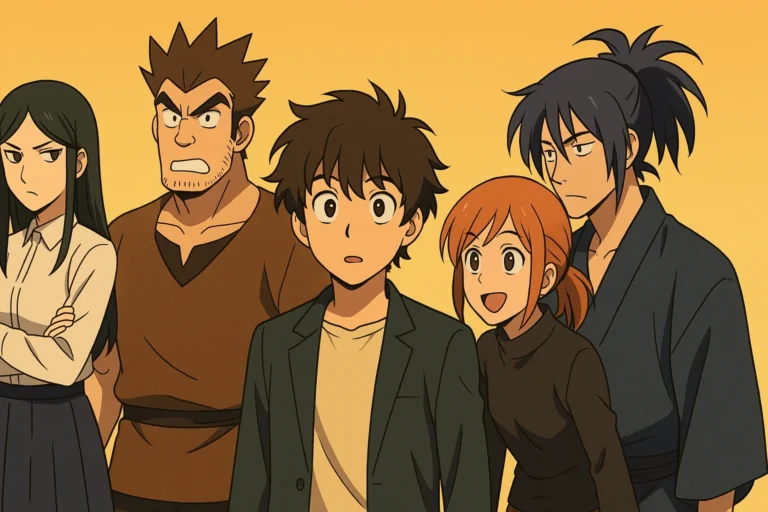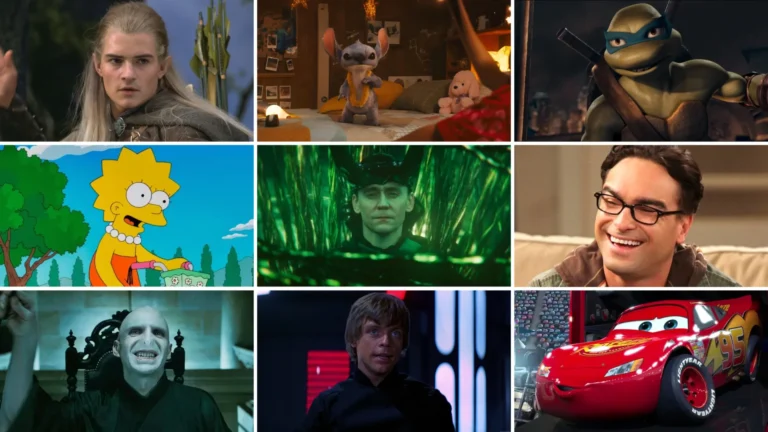We’ve gathered a list of 41 characters, each starting with the letter C, from the vast worlds of literature, movies, TV shows, comics, and beyond. These characters are as varied as they are vibrant, ranging from the heroic to the villainous, the fantastical to the all-too-real.
We’ll explore who they are, the worlds they inhabit, and why they’ve become so iconic. These characters do more than fill a role; they inspire us, challenge our perceptions, and sometimes, even change how we view the world.
Let’s start this journey and uncover the allure and the legacy of the 41 best fictional characters beginning with C. Who knows? You might find a new favourite or rediscover an old one.

C-3PO (Star Wars)
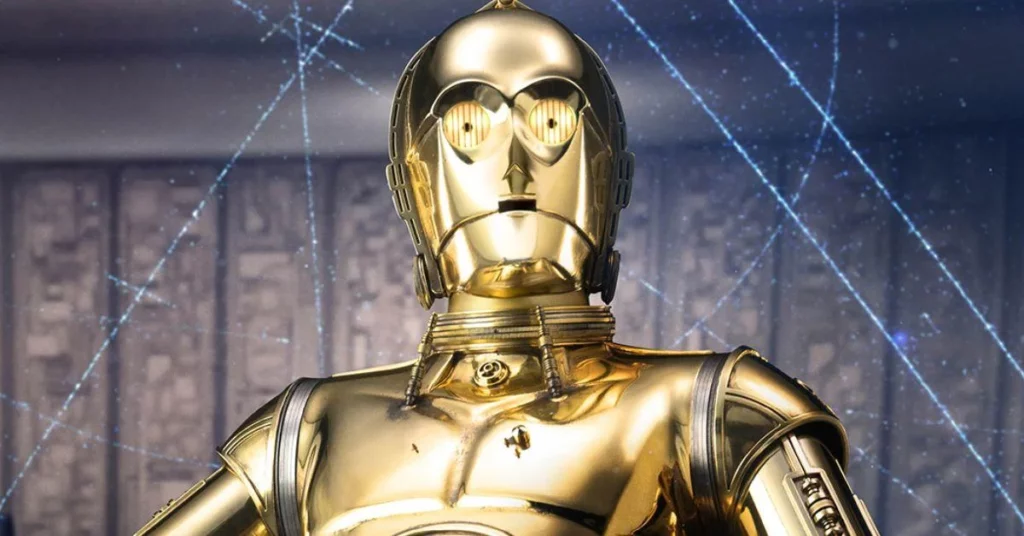
Meet C-3PO, the golden droid who’s become indispensable to the Star Wars universe. With his impeccable manners and slightly anxious personality, C-3PO has etched a permanent place in the hearts of fans worldwide. Fluent in over six million forms of communication, this protocol droid isn’t just a marvel of technology; he’s a bridge between cultures, species, and even warring factions throughout the galaxy.
From the deserts of Tatooine to the corridors of the Death Star, C-3PO’s adventures alongside his trusty counterpart, R2-D2, are nothing short of legendary. Whether inadvertently causing trouble, delivering crucial messages, or offering a bit of comic relief, his presence adds a layer of richness and relatability to the epic space saga.
But C-3PO is more than just a source of humour. His loyalty and dedication to his friends—Rebel leaders, Jedi Knights, or scruffy-looking Nerf herders—showcase a ‘human’ side that resonates with audiences. It’s this blend of vulnerability and steadfastness that makes him so endearing and why he’s not just seen as a machine but as a beloved member of the Star Wars family.
Clark Kent (Super-Man)
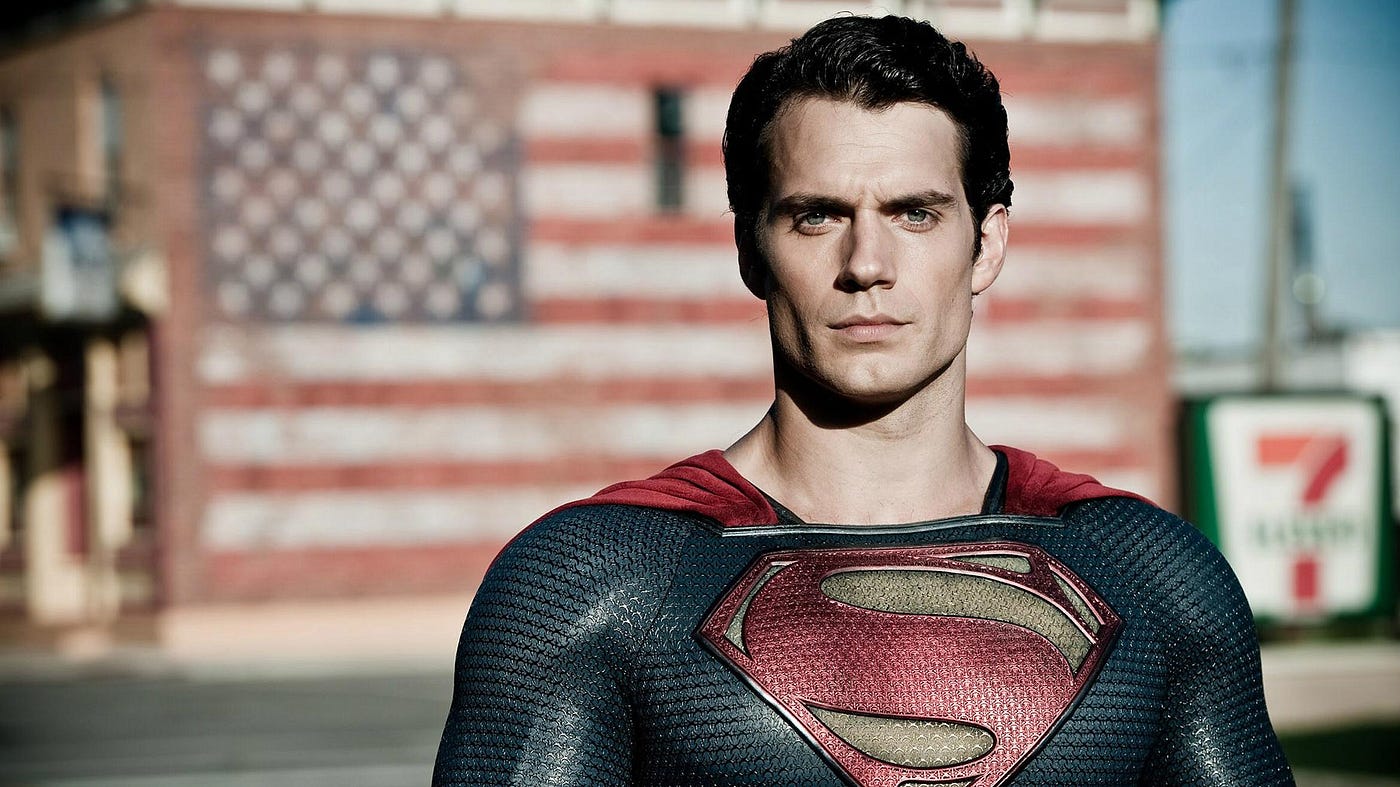
Clark Kent, also known as Superman, is one of the most iconic superheroes in comic book history. Originating from the planet Krypton and raised in the small town of Smallville, Clark Kent embodies the best of two worlds: the extraordinary powers of a Kryptonian and the nurturing human values instilled by his earthbound parents, Jonathan and Martha Kent.
At the heart of Clark Kent’s character is a profound duality. On one side, there’s Superman, the Man of Steel, symbolising hope, justice, and the relentless pursuit of right. His superhuman abilities are legendary, from flying at breakneck speeds to bending steel with his bare hands. Yet, it’s not just his strength that endears him to millions but his unwavering moral compass, his commitment to protecting the innocent, and his tireless battle against villainy.
Superman’s influence extends far beyond the pages of comic books or the silver screen. He’s a cultural icon, representing an ideal, a beacon of hope that inspires people to strive for their best, regardless of the odds. In the figure of Clark Kent/Superman, we find a hero who embodies the potential for greatness that lies within us all, reminding us that with great power comes great responsibility—to ourselves, to each other, and to the world we share.
Captain America (Marvel Cinematic Universe)
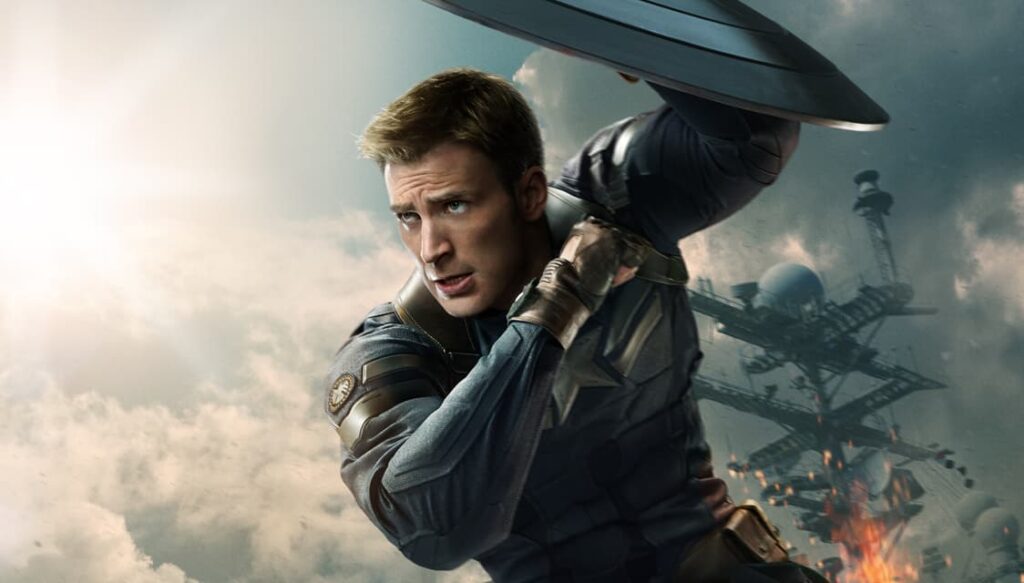
Captain America is a beacon of heroism, integrity, and unwavering duty. Steve Rogers, a man out of time, embodies the spirit of an idealised America that champions freedom, bravery, and the pursuit of justice. From his humble beginnings as a scrawny young man with an indomitable spirit to his transformation into the iconic super-soldier, Captain America’s journey is a testament to his unyielding moral compass.
In the MCU, Captain America is not just a hero; he’s a symbol. His shield, emblazoned with the stars and stripes, is not merely a weapon but a representation of his commitment to protect and his ability to inspire. Throughout his cinematic journey, Steve Rogers confronts challenges that test his ideals, yet his conviction remains unshaken, making him a pillar of the Avengers.
Steve Rogers’ story arc, culminating in his poignant decision to pass on his shield in “Avengers: Endgame,” reflects a journey full of bravery, loss, and hope. His legacy in the MCU is a powerful narrative of a man who remains grounded in his humanity, empathy, and unwavering sense of right and wrong despite being enhanced to the peak of human potential.
Captain Barbossa (Pirates of the Caribbean)
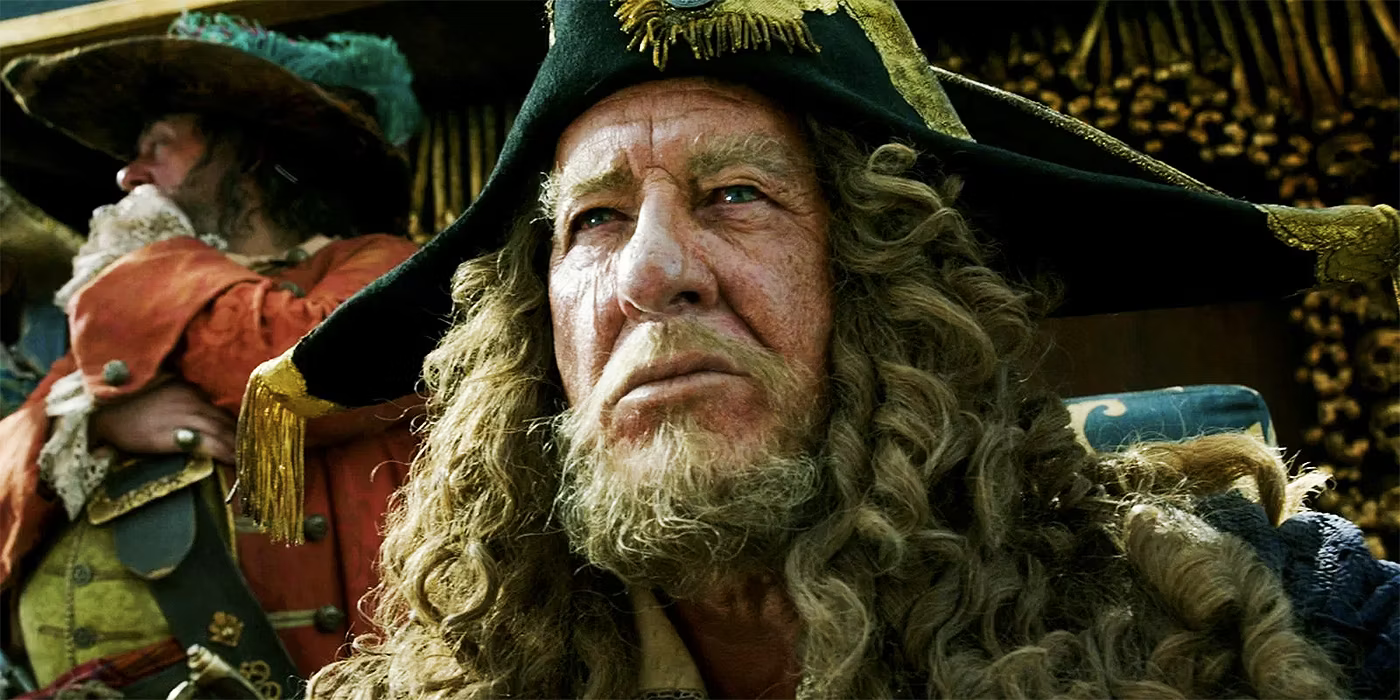
Captain Hector Barbossa from Pirates of the Caribbean is a character whose transformation from a villain to an antihero adds a rich layer to the series. Initially, the formidable adversary to Jack Sparrow, Barbossa’s quest for power and immortality reveals his complexity, blending ruthlessness with a touch of unexpected vulnerability. His knowledge of pirate lore and strategic cunning make him a formidable figure, but his yearning for life’s simple pleasures, denied by his cursed existence, adds depth to his character.
Throughout the franchise, Barbossa evolves, displaying moments of loyalty, bravery, and even nobility, challenging our initial perceptions. His dynamic relationship with other characters, particularly Jack Sparrow, showcases a blend of rivalry and reluctant camaraderie, providing some of the series’ most compelling and humorous moments. This evolution from clear-cut villain to nuanced antihero highlights Barbossa’s adaptability and survival instinct, making him a standout character in the pirate genre.
In the end, Barbossa’s journey is one of redemption and transformation, illustrating that even the most hardened pirate can navigate the turbulent waters between villainy and heroism. His legacy in the Pirates of the Caribbean series is a testament to the franchise’s ability to create multifaceted characters who captivate audiences, proving that the line between hero and villain is as mutable as the sea.
Captain Hook (Peter Pan)
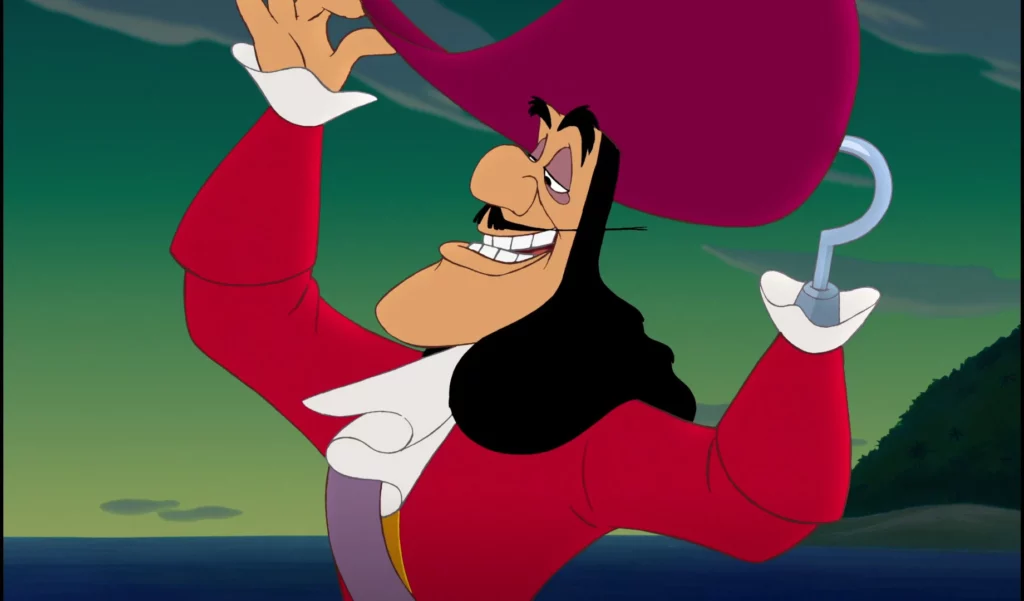
Captain Hook, the infamous antagonist of J.M. Barrie’s Peter Pan, is one of the most iconic villains in children’s literature and has been vividly brought to life in numerous adaptations. With his elegant attire, distinguished hook for a hand, and his perpetual battle against Peter Pan, Hook is the epitome of a classic villain: cunning and refined, yet driven by a deep-seated grudge and an overwhelming fear of a ticking crocodile, symbolising his own ticking clock of mortality and defeat.
In Neverland, Hook’s vendetta against Peter Pan adds a thrilling dynamic to the narrative, highlighting youth versus age, freedom versus order, and the eternal allure of adventure and imagination. Hook’s interactions with his pirate crew, his attempts to outsmart Peter, and his fear of the crocodile create a multifaceted character—both menacing and comically inept, instilling a sense of danger while providing entertainment.
Captain Hook’s enduring appeal lies in his complexity as a formidable adversary and a figure of pathos. His sophisticated demeanour, juxtaposed with his villainous pursuits and comical setbacks, makes him a memorable character in the pantheon of literary and cinematic villains. Through Hook, audiences explore the nuances of fear, ambition, and the relentless pursuit of one’s nemesis, all wrapped in the timeless allure of the Neverland fantasy.
Captain Jack Sparrow (Pirates of the Caribbean)
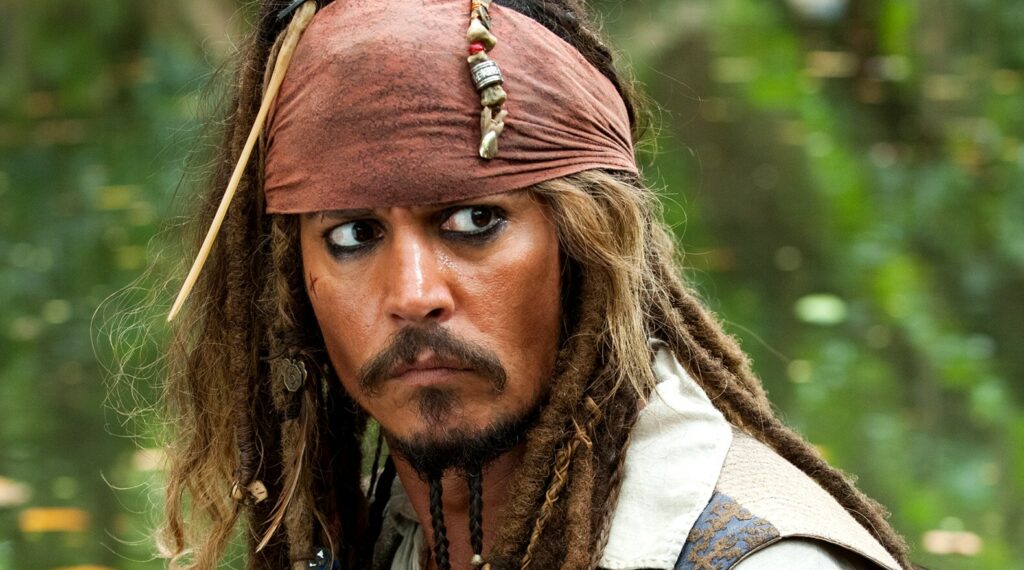
Dive into Captain Jack Sparrow’s charismatic and unpredictable world, the heart and soul of the Pirates of the Caribbean franchise. Portrayed with iconic flair by Johnny Depp, Jack Sparrow stands out in the sea of cinematic pirates with his unique blend of wit, charm, and erratic behaviour. His unpredictable tactics, penchant for getting into and out of trouble, and infamous slurred speech and flamboyant gestures have cemented him as a beloved character in film history.
Jack Sparrow’s appeal lies in his humorous antics and clever escapes and his underlying complexity. He navigates a moral compass that often spins from selfishness to surprising acts of bravery and loyalty. While he may project the image of a carefree and self-serving pirate, deeper layers reveal a character capable of profound insights, unexpected kindness, and a quest for personal freedom that resonates with audiences.
Throughout the Pirates of the Caribbean series, Captain Jack Sparrow embarks on grand adventures, seeking treasure, eluding formidable foes, and often shaping the fate of the pirate world. His relationships with other characters are intricate, marked by a mix of rivalry, friendship, and mutual respect, which adds depth to his interactions and the storylines. Jack Sparrow remains an iconic figure in pop culture, embodying the spirit of adventure and the enduring appeal of the pirate archetype.
Captain Marvel (Marvel Cinematic Universe)
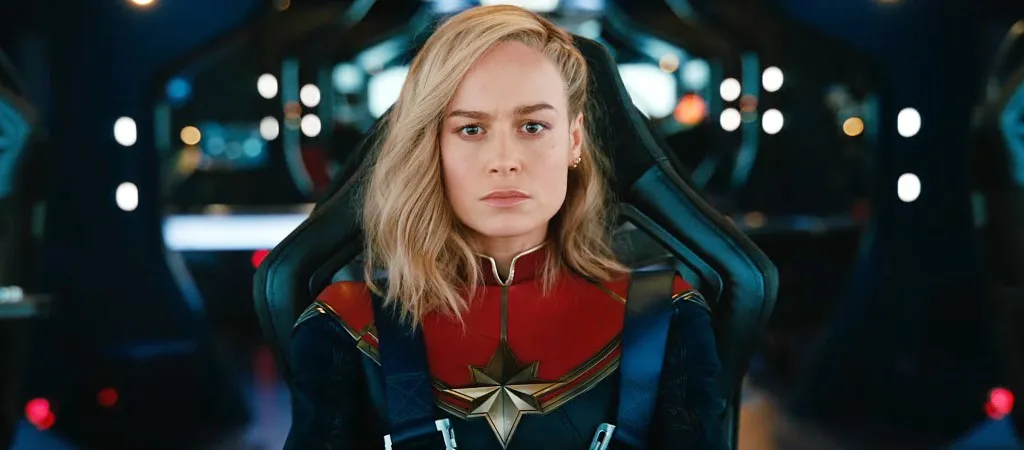
Captain Marvel, one of the Marvel Cinematic Universe’s most powerful heroes. Carol Danvers, portrayed by Brie Larson, breaks the mould with her incredible strength, resilience, and groundbreaking journey as one of the franchise’s first female leads. Her origin story, blending elements of mystery and self-discovery, showcases her transformation from an Earth-bound pilot to a cosmic warrior fighting for justice across the universe.
Captain Marvel’s character is defined by her determination, her fight for what’s right, and her struggle to reconcile her human past with her powerful Kree-enhanced abilities. Her story is not just about gaining superpowers but about rediscovering who she is and what she stands for. This journey of self-discovery and empowerment resonates deeply with audiences, making her a symbol of strength and resilience.
In the MCU, Captain Marvel plays a pivotal role, bringing a new level of power dynamics to the Avengers team and offering a fresh perspective on the universe’s interconnected stories. Her presence is a beacon of hope and an indicator of the evolving landscape of superhero cinema, where characters like her inspire audiences with their strength, complexity, and humanity. Captain Marvel’s legacy in the MCU continues to grow, promising more cosmic adventures and inspiring moments of heroism.
Chewbacca (Star Wars)

Chewbacca, the loyal Wookiee warrior and co-pilot of the Millennium Falcon, is a beloved character in the Star Wars saga. Known for his towering presence and distinctive growls, Chewbacca offers more than just physical strength; he brings warmth, humour, and an unbreakable bond of friendship, particularly with Han Solo. His loyalty and bravery shine throughout the series, whether he’s battling Imperial forces or supporting his friends in their time of need.
Despite his imposing appearance, Chewbacca’s character exudes a deep sense of empathy and compassion. His interactions, although non-verbal to the audience, are profoundly expressive, conveying a wide range of emotions that resonate with viewers. Chewbacca’s unique communication style, coupled with his heroic deeds, underscores the idea that understanding and connection transcend language barriers.
Throughout the Star Wars narrative, Chewbacca stands as a pillar of the Rebel Alliance and later the Resistance, embodying the themes of loyalty, courage, and the fight for freedom. His enduring friendship with Han Solo and his integral role in the galaxy’s struggles make him an iconic figure, symbolising the heart and soul of the Star Wars universe.
Carrie (Carrie)
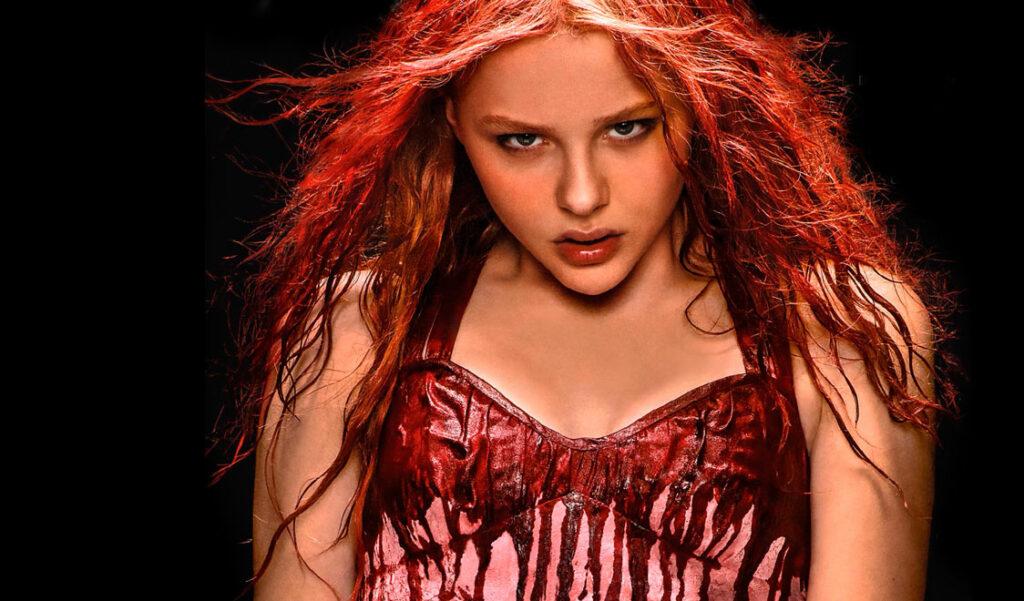
Carrie White, the protagonist of Stephen King’s groundbreaking novel Carrie, adapted into a haunting cinematic experience. Carrie, portrayed memorably in the film adaptations, notably by Sissy Spacek, is an outcast at school and smothered at home by her fanatically religious mother. Her character encapsulates the horrors of adolescence, amplified by her telekinetic powers, which become central to her tragic and explosive revenge.
Carrie’s journey is a poignant exploration of the cruelty of bullying and the dangers of societal and parental oppression. Her supernatural abilities, emerging alongside her pubescent struggles, symbolise the turmoil and unpredictability of teenage years. However, it’s her isolation and the relentless torment she endures that fuel her transformation from a meek, misunderstood girl into a force of nature unleashing her fury, culminating in the iconic and catastrophic prom scene.
The character of Carrie White stands as a powerful emblem in horror fiction, representing the extreme consequences of alienation and abuse. Her story invites viewers to reflect on the impacts of their actions and how society often fails its most vulnerable members. Through Carrie, we’re confronted with the stark realities of vengeance and the haunting question of what might have been if she had been shown genuine compassion.
Casey Jones (Teenage Mutant Ninja Turtles)
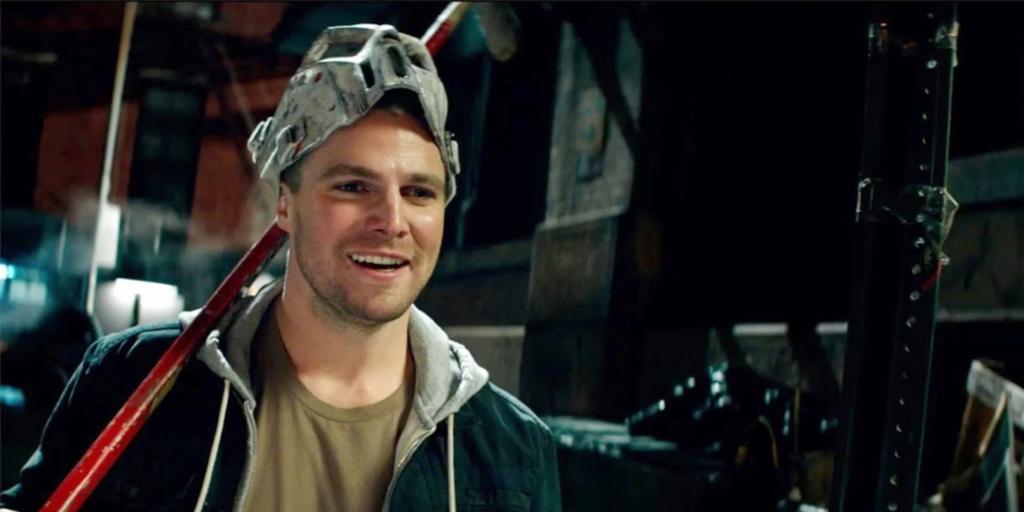
Casey Jones is a standout character in the Teenage Mutant Ninja Turtles universe, known for his vigilante justice and rugged persona. Armed with an array of sports equipment turned weapons, Casey is a formidable ally to the turtles, fighting alongside them with a mix of grit, humour, and a distinctive sense of street justice. His character provides a human element to the turtle’s circle, connecting their underground world to the surface.
While his backstory varies across different adaptations, it consistently portrays him as a self-made hero with a personal vendetta against crime, driven by past traumas or a simple desire to see justice served. Casey’s rough exterior and lone-wolf approach often contrast with the more disciplined and brotherly dynamics of the turtles, adding depth and a touch of unpredictability to their team.
Despite his vigilante methods and tough demeanour, Casey Jones has a heart of gold, showing loyalty and bravery as he stands shoulder to shoulder with the turtles against myriad threats. His relationship with April O’Neil adds another layer to his character, showcasing his more vulnerable and caring side. Casey Jones remains a beloved figure in the TMNT saga, embodying the spirit of an everyday hero taking on extraordinary challenges.
Casper (Casper)
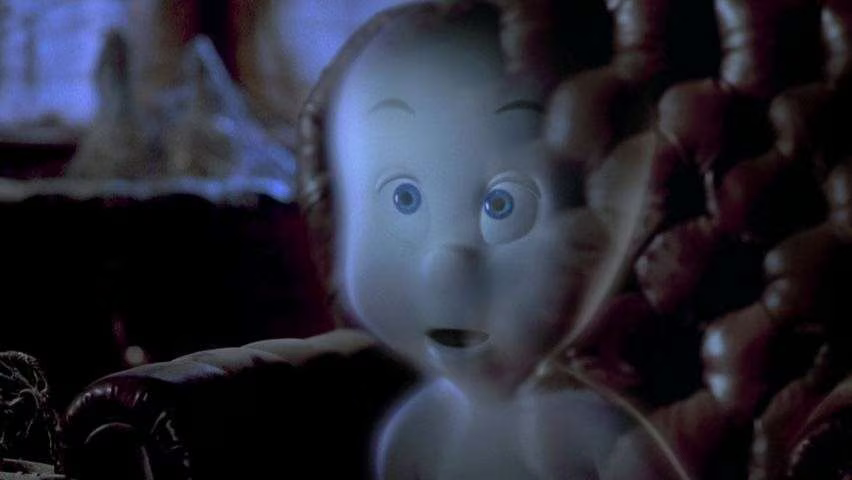
Casper, the Friendly Ghost, stands out in the realm of supernatural characters for his endearing personality and unique stance on haunting. Unlike his spooky counterparts, Casper is a kindhearted spirit who prefers making friends to scaring people. This gentle nature sets him apart, making him a beloved figure among audiences, especially children, who find in him a relatable and comforting presence.
Casper’s adventures often revolve around his attempts to connect with others while navigating the challenges of being a ghost. His desire for friendship and acceptance leads to heartwarming tales that explore themes of kindness, understanding, and the value of being true to oneself. Despite his spectral form, Casper’s experiences touch on universal emotions, resonating with anyone who has ever felt different or misunderstood.
Throughout his various cinematic and television iterations, Casper remains a symbol of benevolence in a world that often misunderstands him. His stories offer lessons on compassion and the power of friendship, showcasing how his unyielding positivity can transform the lives of those around him. Casper’s legacy endures as a testament to the idea that it’s not our exterior that defines us but the goodness within.
Catwoman (Batman)
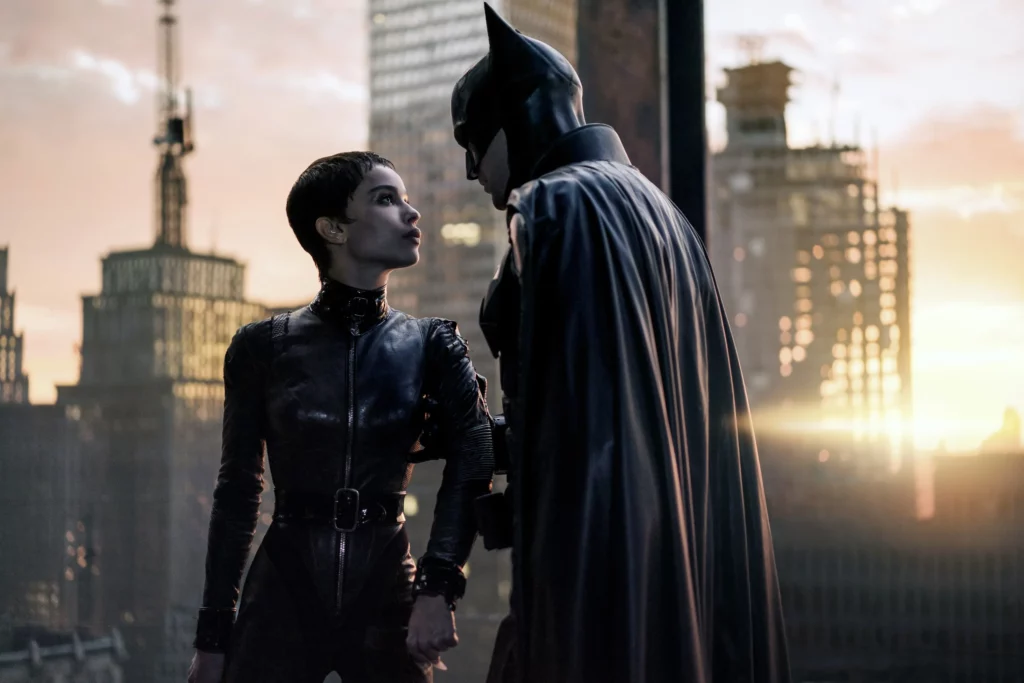
Catwoman, also known as Selina Kyle, is one of the most iconic characters in the Batman universe, seamlessly blending the roles of antagonist, antiheroine, and occasional ally to the Dark Knight. Her character is a complex study, often walking the fine line between villainy and heroism, making her one of the most intriguing figures in Gotham City. Catwoman’s allure is not just in her cat-like agility and martial arts prowess but in her deep psychological layers and moral ambiguity.
Selina Kyle’s persona as Catwoman is marked by her signature catsuit and whip, symbolising her independence, strength, and seductive charm. Her relationship with Batman is equally complex, characterised by mutual attraction, respect, and an understanding that goes beyond their masks. This relationship adds a rich, nuanced dimension to both characters, exploring themes of trust, identity, and the grey areas of morality.
Throughout her comics, television, and film appearances, Catwoman has evolved from a simple cat burglar to a multifaceted character with her own code of ethics. She’s driven by a mix of self-interest, a quest for justice, and a desire to protect the vulnerable, particularly the disenfranchised of Gotham City. Catwoman’s enduring appeal lies in her formidable and vulnerable ability, making her a perennial favourite in the Batman saga and a symbol of empowerment and complexity.
Chandler Bing (Friends)
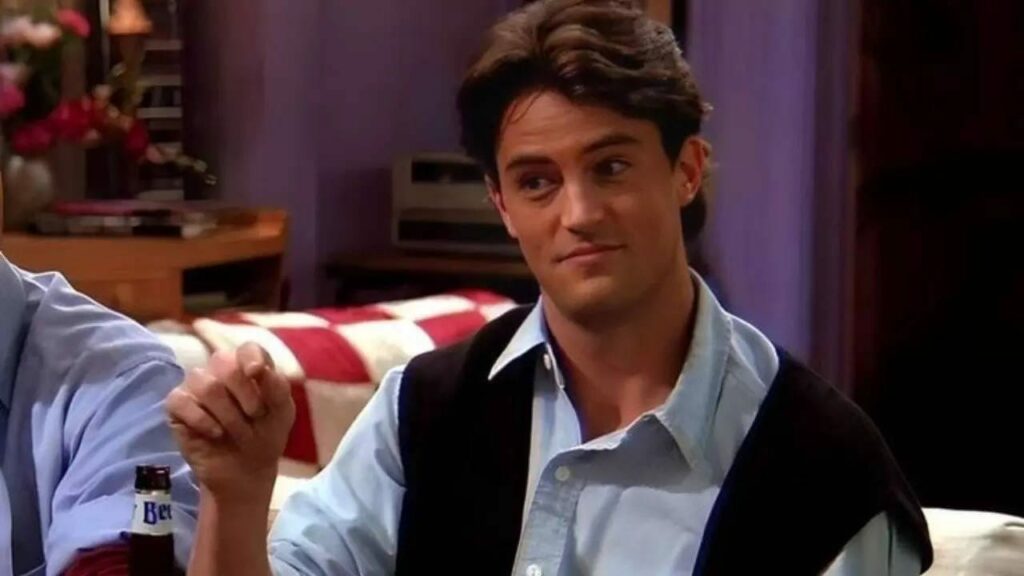
Chandler Bing, portrayed by Matthew Perry, is one of the central characters in the beloved sitcom “Friends,” known for his sarcastic wit and comedic timing. His humour, often serving as a defence mechanism, resonates with audiences, offering a relatable and endearing vulnerability. Chandler’s character development throughout the series is significant, as he evolves from a commitment-phobic jokester into a loving husband and responsible adult while maintaining his unique sense of humour.
At the heart of Chandler’s character is his relationship with his friends, especially his roommate and best friend, Joey, and his eventual wife, Monica. These relationships showcase his loyalty, capacity for growth, and the deepening of his emotional world. His romance with Monica, in particular, highlights his development, revealing a tender and committed side that contrasts with his initial portrayal.
Chandler’s career struggles, triumphs, background, and tumultuous family life add layers to his character, making him more than just comic relief. His journey towards finding fulfilment in his personal and professional life mirrors the real-life challenges many face, making him a relatable and beloved figure in the landscape of television characters.
Charles Xavier (X-Men)
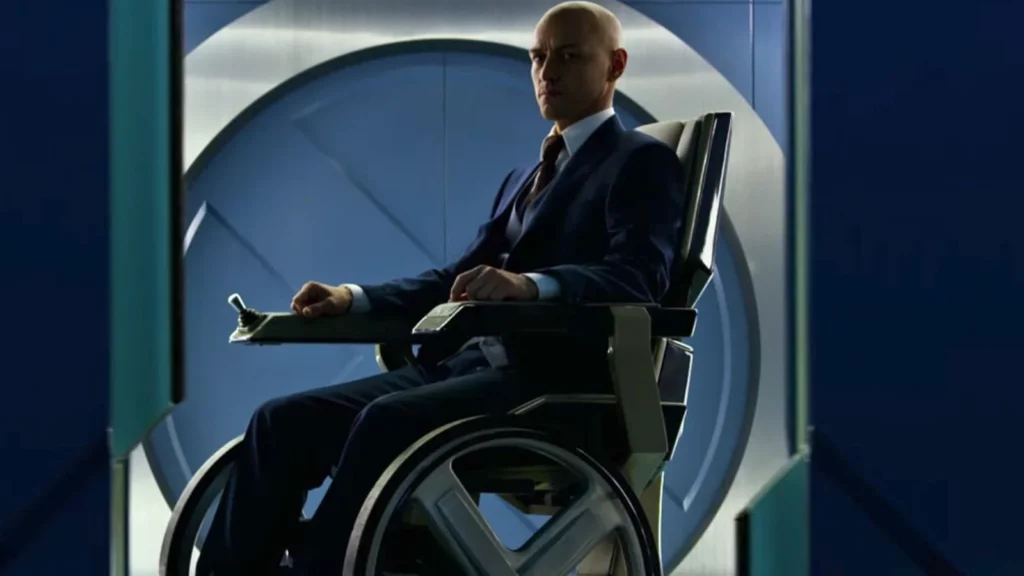
Professor Charles Xavier, also known as Professor X, stands as a pillar of peace and understanding in the X-Men universe. As the founder of Xavier’s School for Gifted Youngsters, he offers sanctuary and guidance to mutants, teaching them to harness their powers for the greater good. His character embodies tolerance, empathy, and the belief that humans and mutants can coexist peacefully.
With his exceptional telepathic abilities, Charles is one of the most powerful mutants in the X-Men world. Yet, his wisdom, compassion, and commitment to peaceful coexistence truly define him. Despite immense personal and collective challenges, his vision of a harmonious future remains unwavering. His leadership inspires his team of X-Men and his audiences, emphasising the power of unity and understanding over conflict and fear.
Charles Xavier’s dynamic with his friend-turned-rival, Magneto, adds a nuanced layer to his character, exploring themes of ideology, friendship, and the fine line between heroism and extremism. This relationship, marked by mutual respect yet conflicting methods, underscores the complexity of their struggle for mutant rights. Professor X’s legacy in the X-Men saga is profound, symbolising the enduring fight for acceptance and equality in a world fraught with prejudice and division.
Cheshire Cat (Alice in Wonderland)
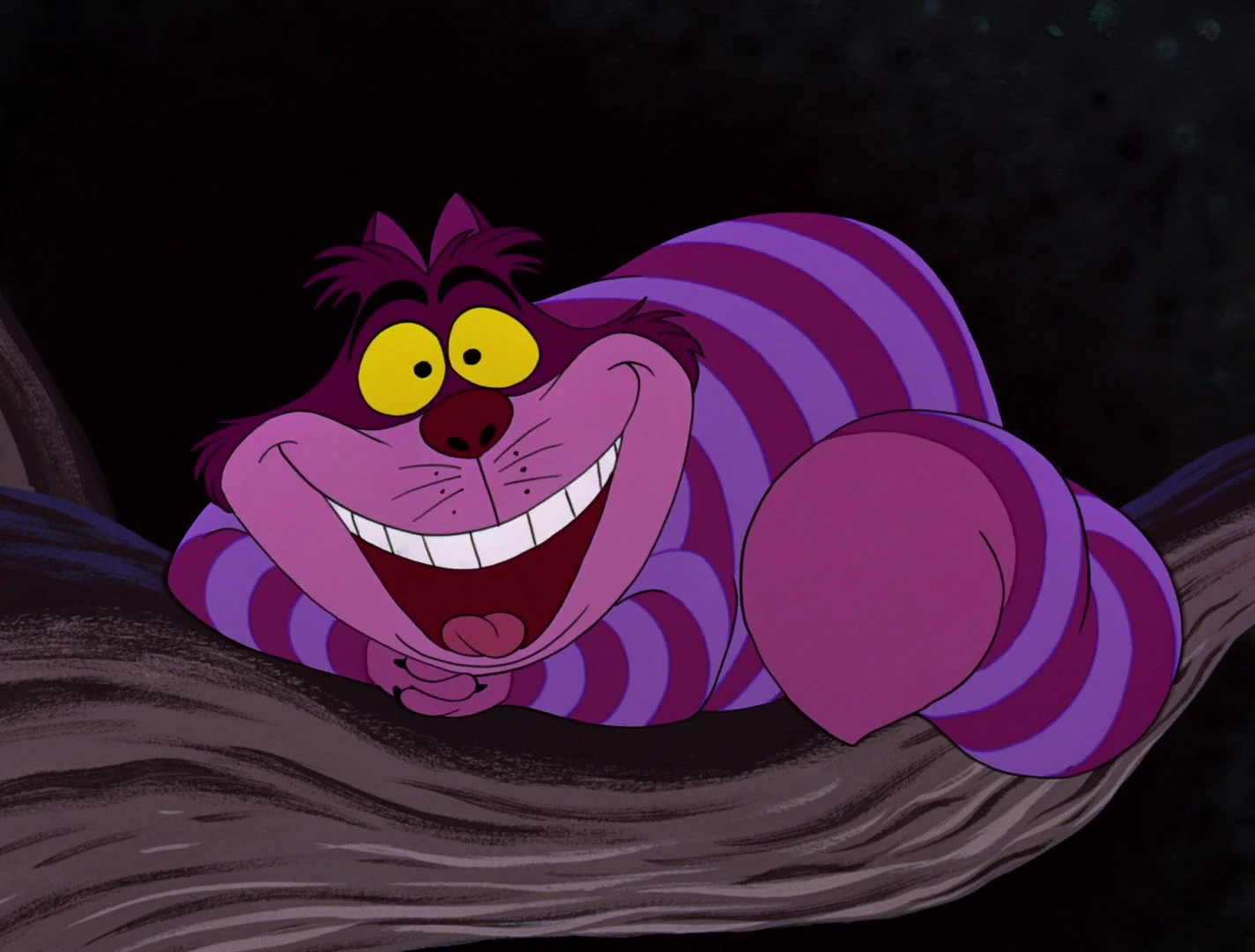
The Cheshire Cat, from Lewis Carroll’s “Alice in Wonderland,” stands out as one of literature’s most enigmatic and iconic characters. Known for his distinctive mischievous grin and ability to disappear at will, leaving only his smile behind, the Cheshire Cat embodies Wonderland’s whimsical and unpredictable nature. His cryptic dialogues and philosophical musings offer confusion and insight, challenging Alice and readers to ponder deeper truths about reality and perception.
The Cheshire Cat’s interactions with Alice are marked by riddles and paradoxical advice, reflecting Wonderland’s absurdity and complexity. He serves as both a guide and a provocateur, pushing Alice to question her surroundings and her own understanding of the world. This character’s allure lies in his ambiguity; he is neither clearly friend nor foe, representing life’s unpredictable and often nonsensical nature.
In various adaptations of Carroll’s work, the Cheshire Cat has been portrayed in numerous ways, each bringing a unique interpretation to this enigmatic figure. Yet, at his core, the Cheshire Cat remains a symbol of Wonderland’s whimsy and inherent strangeness, captivating audiences with his cryptic wisdom and unforgettable smile. His enduring appeal lies in his mystery and the intriguing blend of amusement and unease he brings to the story.
Christopher Robin (Winnie the Pooh)
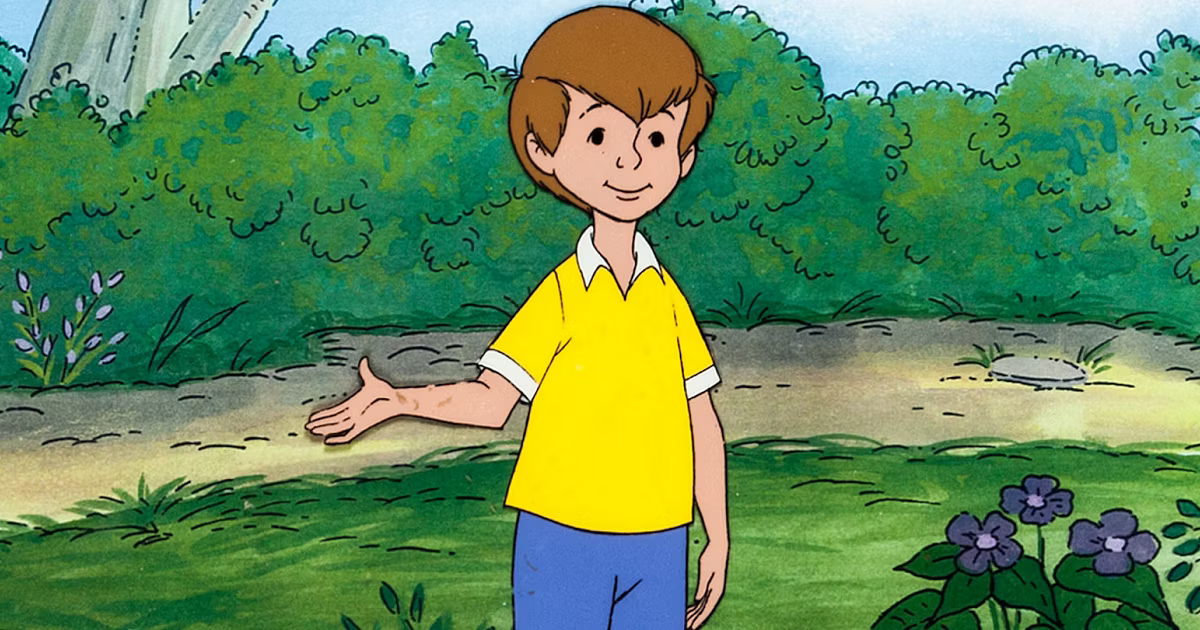
Christopher Robin, a central character in A.A. Milne’s “Winnie the Pooh” stories, represents the innocence and wonder of childhood. As the human friend to the inhabitants of the Hundred Acre Wood, his interactions with Pooh, Piglet, Eeyore, and the rest of the gang bring a sense of reality and connection to their whimsical world. Christopher Robin’s role is pivotal, as he often serves as a problem solver, leader, and the voice of reason amidst his animal friends’ playful and sometimes chaotic adventures.
The character of Christopher Robin is based on A.A. Milne’s own son, which imbues the stories with a heartfelt authenticity. His interactions with the inhabitants of the Hundred Acre Wood are marked by kindness, understanding, and patience, reflecting the purity and simplicity of childhood relationships. Through Christopher Robin, readers and viewers are reminded of the joys of imagination, the value of friendship, and the bittersweet nature of growing up.
Christopher Robin’s character also bridges the fantastical world of the Hundred Acre Wood and the reality of the human world. His presence in the stories provides a comforting reminder of the enduring bond between a child and their imagination. As the stories of Winnie the Pooh have been adapted into various media, the character of Christopher Robin continues to resonate with audiences, symbolising the timeless and universal experience of childhood.
Chuck Bass (Gossip Girl)
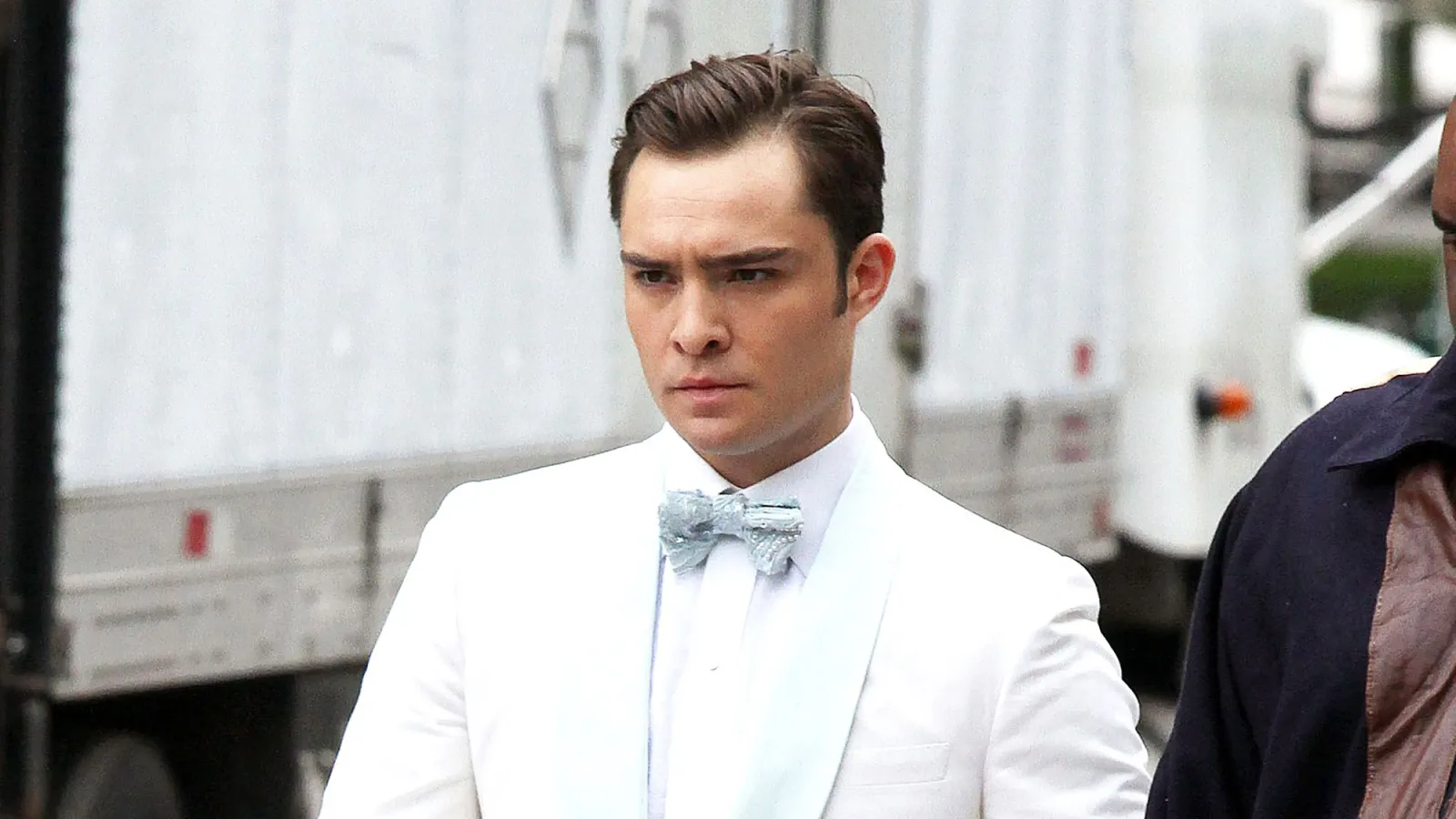
Chuck Bass, portrayed by Ed Westwick, is a central figure in the Gossip Girl series, known for his flamboyant style, charisma, and complex personality. As one of the show’s most intriguing characters, Chuck embodies the quintessence of Upper East Side luxury and the darker facets of privilege and power. Initially introduced as a somewhat antagonistic playboy, his character develops significantly, revealing vulnerabilities and depths beneath his polished exterior.
Throughout the series, Chuck’s relationships, particularly with Blair Waldorf, are central to his character arc. They showcase a tumultuous mix of passion, manipulation, and eventual growth toward genuine affection and vulnerability. This evolution from a reckless, often unlikable character to one capable of love and change is a testament to the show’s exploration of redemption and the multifaceted nature of its characters.
Chuck’s journey is marked by his struggles with family legacy, personal demons, and the quest for identity beyond his wealth and reputation. His character resonates with audiences due to the universal themes of seeking acceptance, the need for personal redemption, and the struggle to define oneself on one’s own terms. Despite his flaws, Chuck Bass remains a memorable character in the “Gossip Girl” saga, embodying the series’ exploration of love, power, and the complexities of human nature.
Chuck McGill (Better Call Saul)
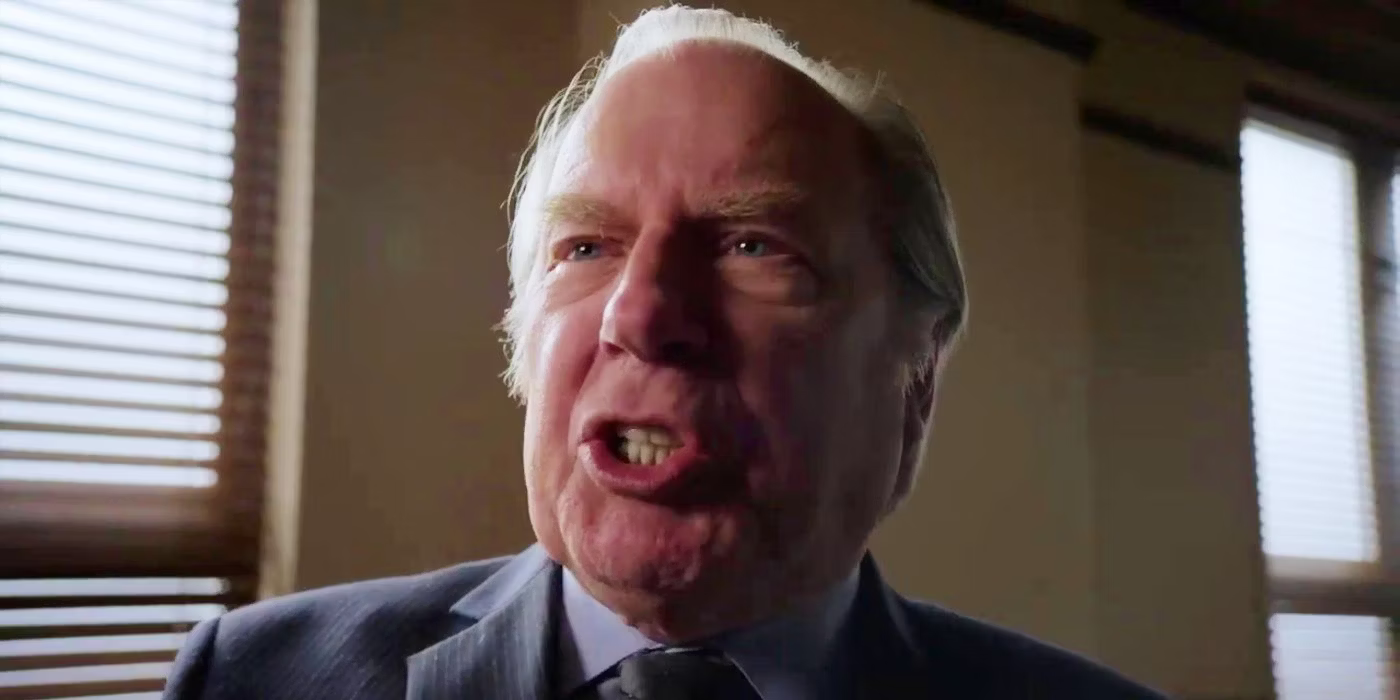
Chuck McGill, portrayed by Michael McKean in Better Call Saul, is a compelling and complex character who plays a pivotal role in the series. As the protagonist’s older brother, Jimmy McGill (later known as Saul Goodman), Chuck is a successful and respected lawyer whose relationship with Jimmy is fraught with tension, competition, and deep-seated emotional complexities. Chuck’s brilliance in law and high standards set a significant backdrop for Jimmy’s character development and the narrative’s exploration of morality and ambition.
One of the most intriguing aspects of Chuck’s character is his struggle with electromagnetic hypersensitivity, which he believes makes him severely allergic to electric fields. This condition adds layers of vulnerability and isolation to his persona. This condition serves as a physical manifestation of Chuck’s internal struggles and his contentious relationship with his brother, highlighting themes of perception versus reality and the psychological impacts of personal and professional success.
Chuck’s influence on Jimmy’s transformation into Saul Goodman is profound, with their sibling rivalry and Chuck’s unwavering adherence to legal and ethical principles contrasting sharply with Jimmy’s flexible morality. The complexity of Chuck’s character lies in his mix of righteousness and flawed humanity, making him a key figure in the series that enriches the narrative and deepens the audience’s understanding of the show’s themes and characters.
Chuckie Finster (Rugrats)
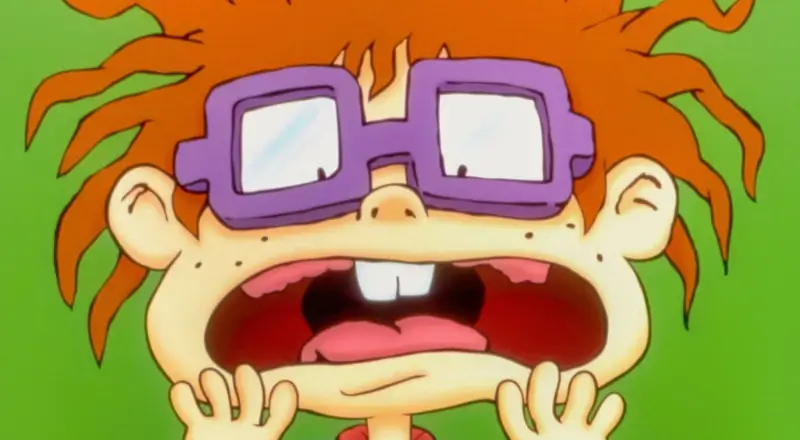
Chuckie Finster, the unmistakable character with wild red hair and large purple glasses, is a beloved member of the “Rugrats” gang. Known for his cautious nature and easily spooked demeanour, Chuckie provides a relatable contrast to the more adventurous toddlers, especially the group’s fearless leader, Tommy Pickles. His role in the series highlights normal childhood fears and uncertainties, making him an endearing figure to young audiences and their parents alike.
Despite his fears, Chuckie’s character shines through his moments of bravery and loyalty to his friends. His apprehensions often lead to insightful lessons about overcoming personal fears and the value of friendship and support. Chuckie’s growth throughout the series, including tackling his fears and embracing new experiences, resonates with viewers as a journey of personal development and courage.
Chuckie’s dynamics within the group, especially his bond with Tommy, are central to the show’s heartwarming narrative. His thoughtful, often worried perspective adds depth to the Rugrats’ adventures, providing a balance to their childlike explorations and mischief. Chuckie Finster remains a memorable and cherished character in the “Rugrats” universe, symbolising the strength found in vulnerability and the importance of facing the world with a little help from your friends.
Chucky (Child’s Play)
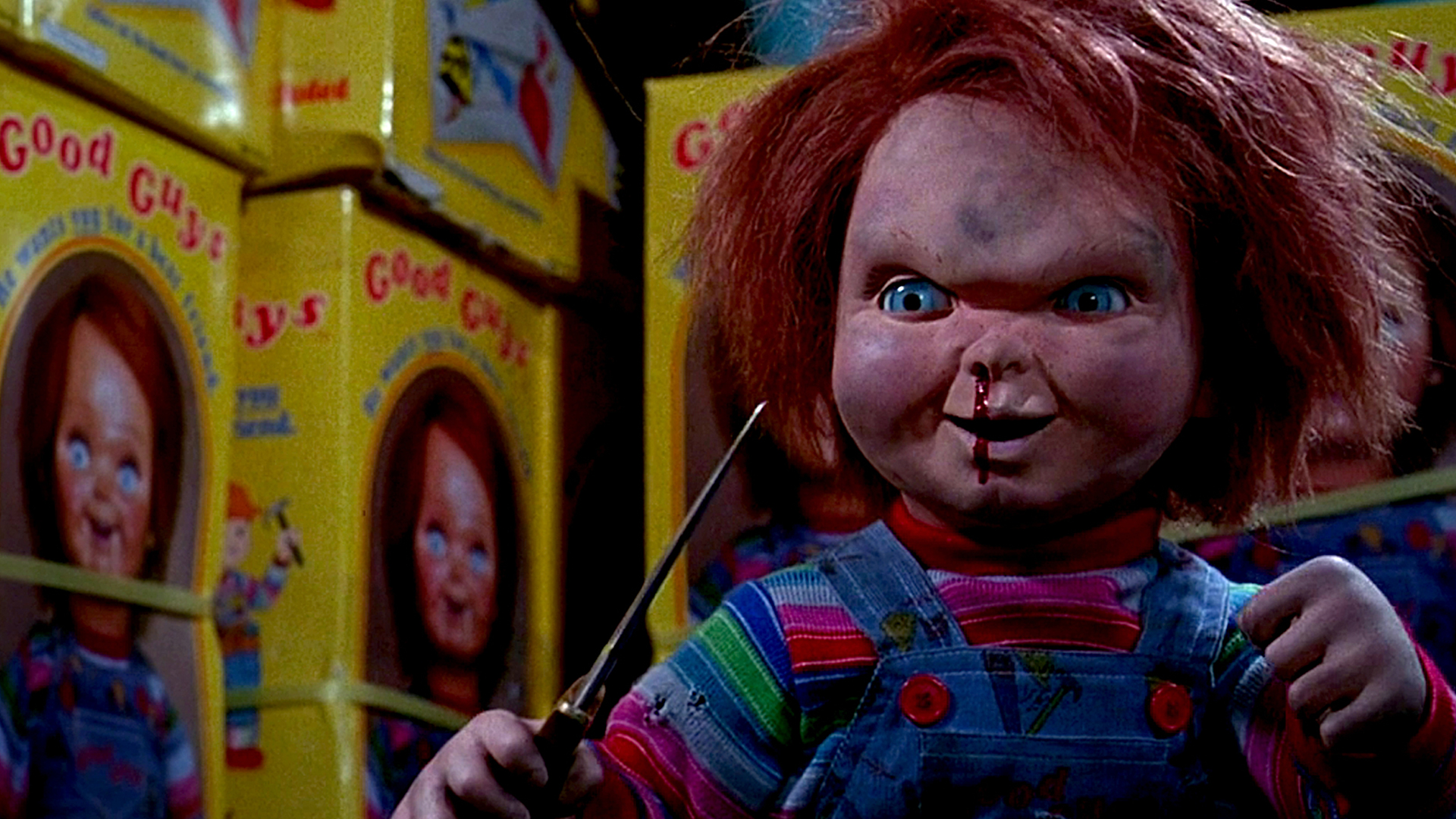
Chucky, the central figure of the “Child’s Play” horror franchise, stands out as one of the genre’s most iconic and terrifying characters. With his distinctive red hair, overalls, and maniacal grin, Chucky, a doll possessed by the soul of serial killer Charles Lee Ray, brings a unique blend of horror and dark humour to the screen. His transition from a seemingly innocent child’s toy to a malevolent entity is a chilling central theme, exploring fears associated with inanimate objects coming to life.
Throughout the series, Chucky’s cunning, resilience, and sadistic humour make him a formidable antagonist. His ability to instil fear, both as a doll and through his human-like cunning, taps into deep-seated anxieties, making his character memorably disturbing. Chucky’s interactions with his victims are marked by a blend of playfulness and brutality, showcasing a character who revels in chaos and destruction.
Beyond the surface-level scares, Chucky’s character also delves into themes of identity, control, and the perversion of innocence. His attempts to transfer his soul into human bodies highlight a desperate quest for survival and a twisted sense of immortality. Chucky has become a cultural icon, symbolising the fusion of childlike imagery with the macabre, and continues to haunt the imaginations of audiences worldwide.
Cinderella (Cinderella)
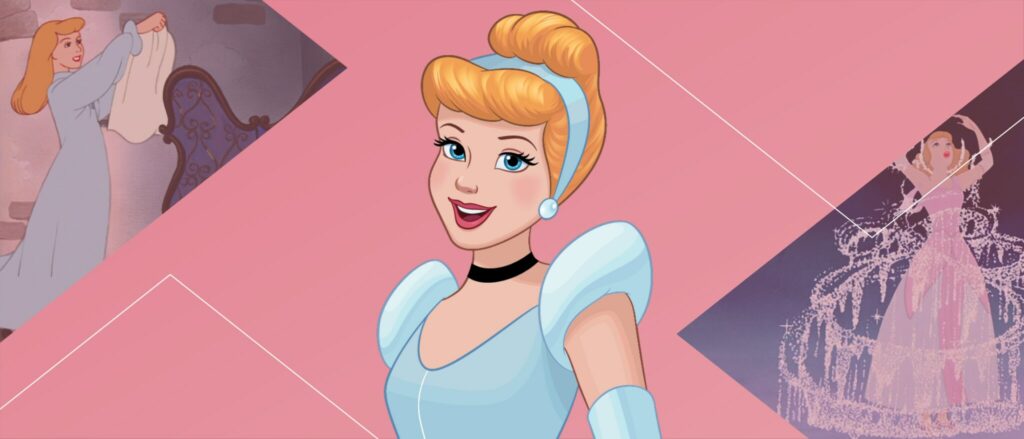
Cinderella, the protagonist of the classic fairy tale that has been adapted into numerous films and stories, embodies resilience, grace, and hope. Known for her kindness and enduring optimism despite harsh circumstances, Cinderella’s character inspires audiences with her belief in a better future. Her transformation from a downtrodden servant to a princess symbolises the universal dream of overcoming adversity and finding true happiness.
Central to Cinderella’s story is the magical intervention that allows her to attend the royal ball, showcasing themes of magical realism and the idea that kindness can be rewarded. Her iconic glass slipper symbolises her unique identity and the key to her eventual recognition and reunion with the prince. This element of the story highlights the themes of destiny, self-discovery, and the importance of staying true to oneself.
Cinderella’s influence extends beyond her narrative as an archetype for the “rags-to-riches” trope in literature and media. Her character resonates with audiences worldwide, symbolising the power of hope, the importance of kindness, and the belief that positive change is possible, regardless of one’s circumstances.
Cindy Lou Who (How the Grinch Stole Christmas)
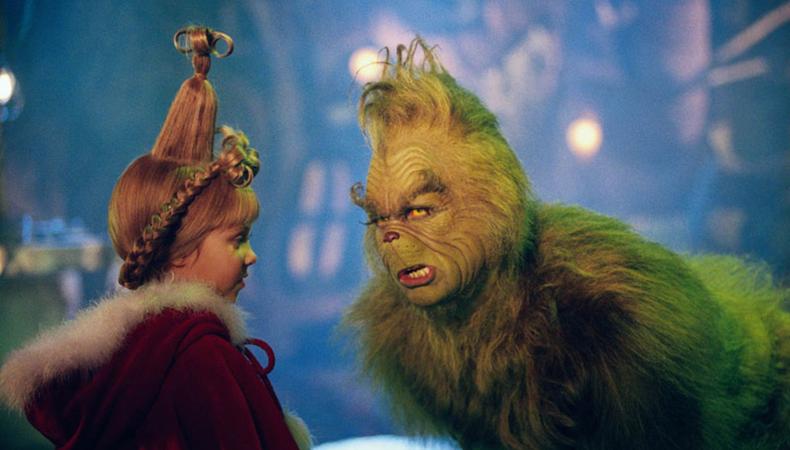
Cindy Lou Who, a character from Dr. Seuss’s “How the Grinch Stole Christmas,” captures the essence of innocence and kindness in the story. As a young resident of Whoville, her encounter with the Grinch during his Christmas Eve heist sets the stage for a touching narrative about the true spirit of the holiday. Cindy Lou’s genuine curiosity and compassion starkly contrast the Grinch’s cynicism and contribute to his eventual transformation.
Despite her small size and young age, Cindy Lou’s impact on the story is immense. Her simple question to the Grinch when she catches him stealing her family’s Christmas tree sows the seeds of change in his heart. She represents the innocence and purity that the Grinch lacks, and her unwavering belief in the joy of Christmas plays a pivotal role in unravelling his bitterness.
Cindy Lou’s character embodies the message that the essence of Christmas goes beyond material gifts and decorations; it’s about community, love, and kindness. Her influence on the Grinch and the joyous conclusion of the story highlights the power of empathy and the potential for redemption, making her a memorable symbol of the holiday season’s true meaning.
Coco (Coco)
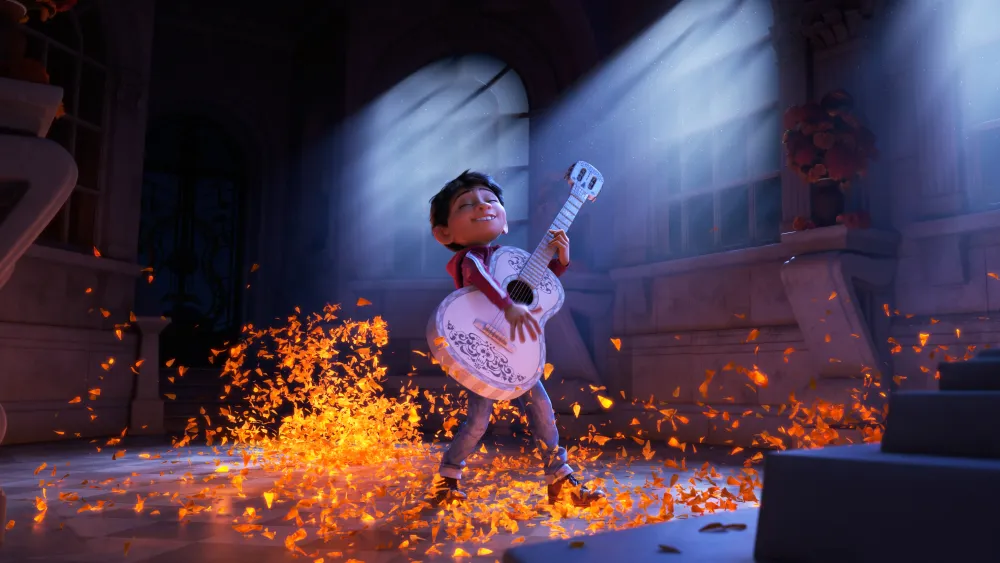
In the heartwarming and visually stunning Pixar film Coco, the title character, Coco, is the elderly matriarch of the Rivera family. Her memories and experiences are central to the movie’s exploration of family, heritage, and the power of music. Although the story primarily follows her great-grandson Miguel’s journey to the Land of the Dead, Coco’s relationship with her father, Hector, provides the narrative’s emotional core.
Coco’s character represents the bridge between past and present generations, emphasising the importance of remembering loved ones to keep their spirits alive. Her fading memory and the poignant moments when it flickers back to life highlight the film’s themes of memory, legacy, and the enduring bonds of family. As Miguel uncovers the truth about their family’s history, Coco’s role becomes crucial in reconnecting the living and the dead, demonstrating the transformative power of remembering those who came before us.
The film “Coco” beautifully illustrates how Coco’s character impacts her family’s legacy despite her limited screen time and underscores the significance of traditions and memories in shaping our identities. Through Coco, audiences are reminded of the importance of family connections and how our ancestors continue influencing and inspiring our lives.
Conan (Conan the Barbarian)
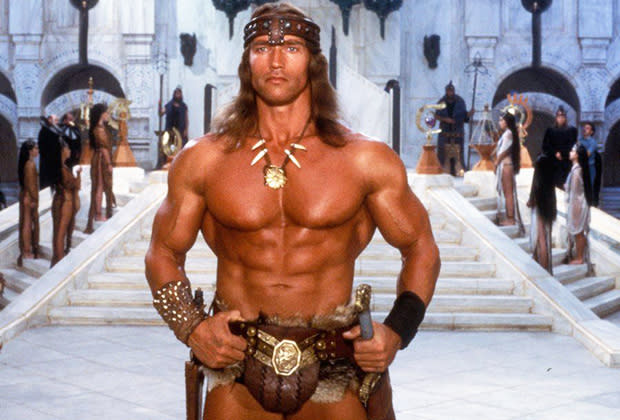
Conan the Barbarian, created by Robert E. Howard, is an iconic character in the sword and sorcery genre, epitomising the archetypal barbarian warrior with his brute strength, survival instincts, and strict code of honour. Known for his adventures in the Hyborian Age, a fictional ancient world, Conan’s tales are filled with epic battles, treacherous quests, and encounters with mystical forces, showcasing his prowess as a fighter and cunning intellect.
Conan’s character is defined by his rugged individualism, resilience against formidable foes, and disdain for decadent civilization, which he often finds corrupt and weak. Despite his barbaric exterior, Conan possesses a complex moral compass, often displaying a sense of justice and a willingness to help those in need, setting him apart from the stereotypical brute.
Through his adventures, Conan rises from a humble beginning as a thief and a mercenary to become a king by his own hand. This journey highlights themes of destiny, power, and the struggles inherent in leadership. Conan’s enduring appeal lies in his embodiment of humanity’s primal, untamed aspects, his indomitable spirit, and his quest for freedom and justice in a world rife with dark magic and treachery.
Cookie Monster (Sesame Street)
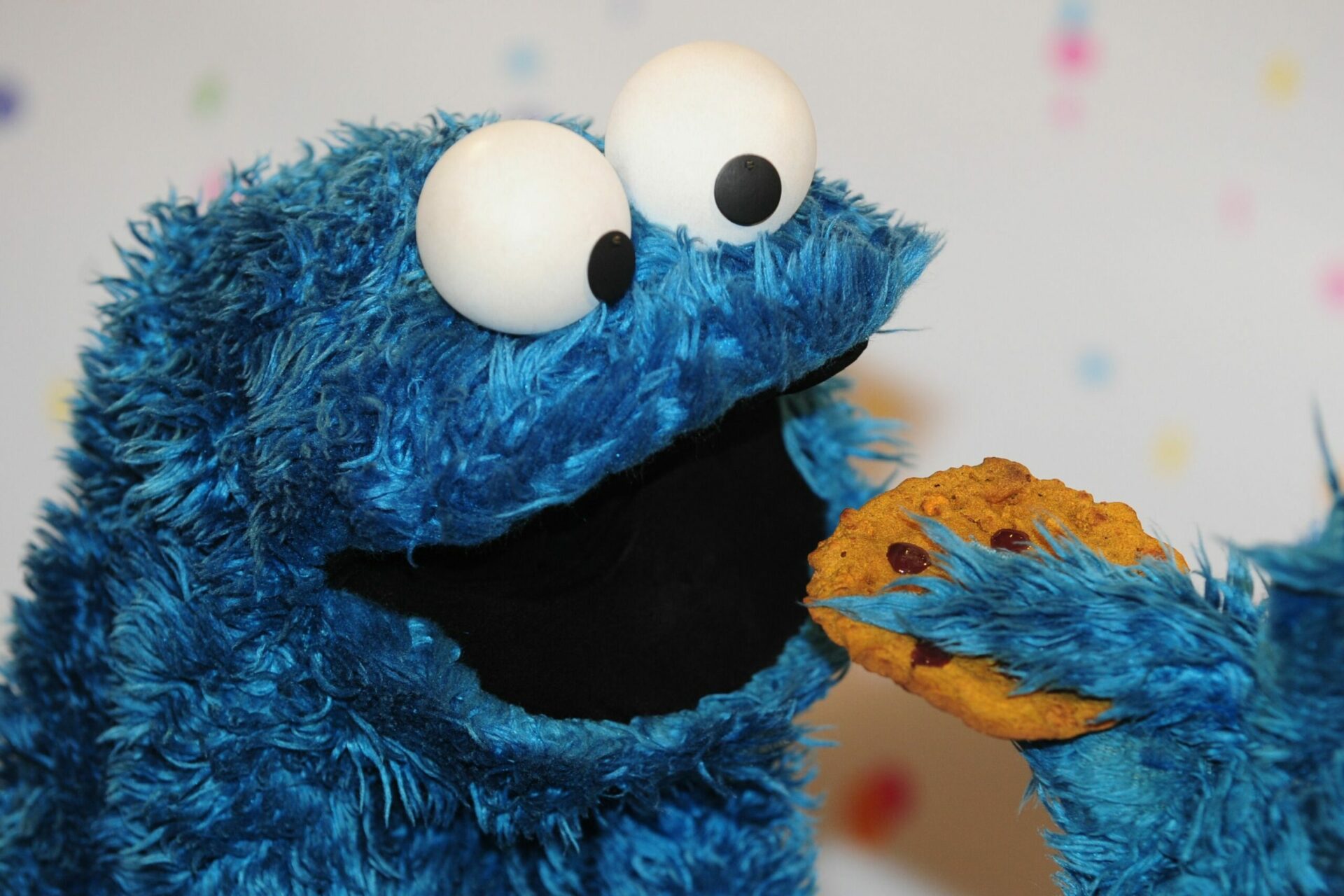
Cookie Monster, a beloved character from Sesame Street, is renowned for his insatiable appetite for cookies and distinctive, joyful personality. With his blue fur, wide eyes, and unique manner of speech, he has captured the hearts of children and adults alike. Cookie Monster embodies a child-like innocence and an unbridled enthusiasm for life, particularly when it involves his favourite treat.
Despite his cookie obsession, Cookie Monster’s character has evolved to teach important lessons about moderation, self-control, and the value of a balanced diet. This evolution reflects “Sesame Street’s” commitment to educational content, using Cookie Monster’s love for cookies as a vehicle to explore themes of nutrition, sharing, and even patience.
Cookie Monster’s enduring popularity can be attributed to his relatable, expressive nature and his ability to convey emotions and concepts in a way that resonates with young viewers. His segments often include songs, laughter, and learning, all wrapped in a humorous and engaging package. Cookie Monster remains a timeless figure in children’s entertainment, embodying the joy of discovery and the pleasure of indulging in one’s passions, all while learning and growing.
Coraline (Coraline)
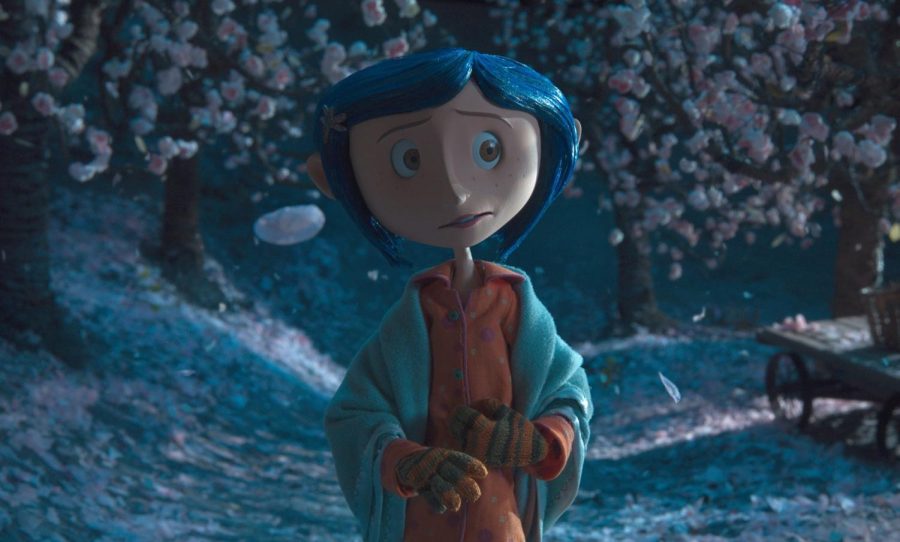
Coraline Jones, the protagonist of Neil Gaiman’s novella Coraline and its animated film adaptation epitomises curiosity, bravery, and resilience. In her quest for excitement and attention in her new home, Coraline discovers a parallel universe that initially seems like a dream come true but soon reveals a sinister side. Her journey is a compelling narrative of self-discovery and courage in fear.
Unlike the passive heroines of traditional fairy tales, Coraline is active and assertive, driving the story forward with her decisions and actions. Her character challenges the norms of children’s literature, presenting a young girl who is brave and complex, facing her fears and making tough choices. Her adventures in the Other World test her wit, determination, and love for her real family, showcasing her growth from a bored, neglected child to a resourceful, courageous heroine.
Coraline’s story is a modern fairy tale that resonates with audiences of all ages. It emphasises the importance of appreciating what one has and being cautious of seemingly perfect alternatives. Her character, with its depth and relatability, inspires viewers and readers to confront their fears and question the allure of escapist fantasies, making her a standout figure in contemporary children’s literature and film.
Cosmo The Spacedog (Guardians of the Galaxy)
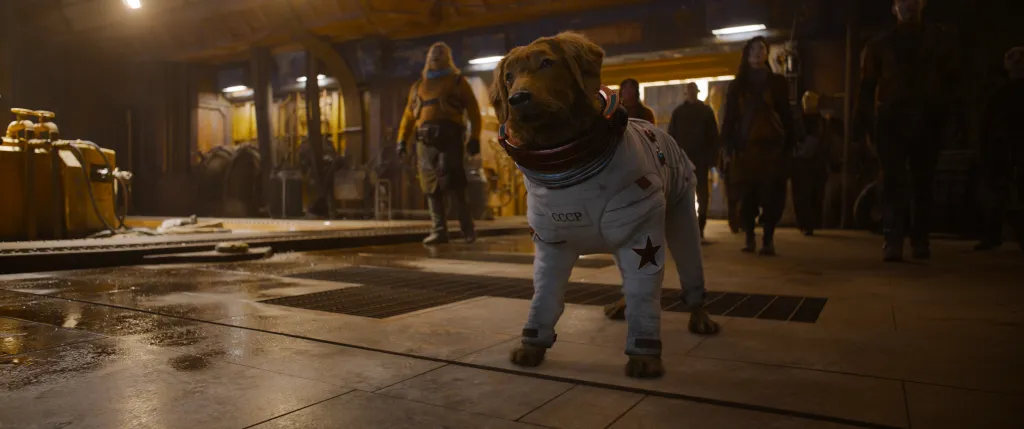
Cosmo, appearing in the Guardians of the Galaxy universe, is a telepathic Russian space dog who adds an intriguing layer to the eclectic mix of characters in this cosmic saga. Originally part of a Soviet space program, Cosmo ends up in Knowhere, where he becomes the security chief. His backstory is a nod to the real-life space dogs of the Soviet space program, blending historical elements with the fantastical world of Marvel.
In the Guardians of the Galaxy series, Cosmo is portrayed as highly intelligent and telepathic, capable of communicating with the interstellar beings passing through Knowhere. His interactions with the Guardians add a unique dynamic, showcasing the diversity and breadth of characters within the Marvel Universe. Despite his adorable appearance, Cosmo possesses a formidable intellect and psychic abilities, making him a valuable ally to the Guardians.
Cosmo’s character reminds us of the expansive and inclusive nature of the Marvel Universe, where even a space-faring dog can play a crucial role. His presence adds humour, depth, and a touch of the unexpected to the Guardians’ adventures, embodying the series’ spirit of camaraderie and intergalactic diversity.
Cruella De Vil (101 Dalmatians)
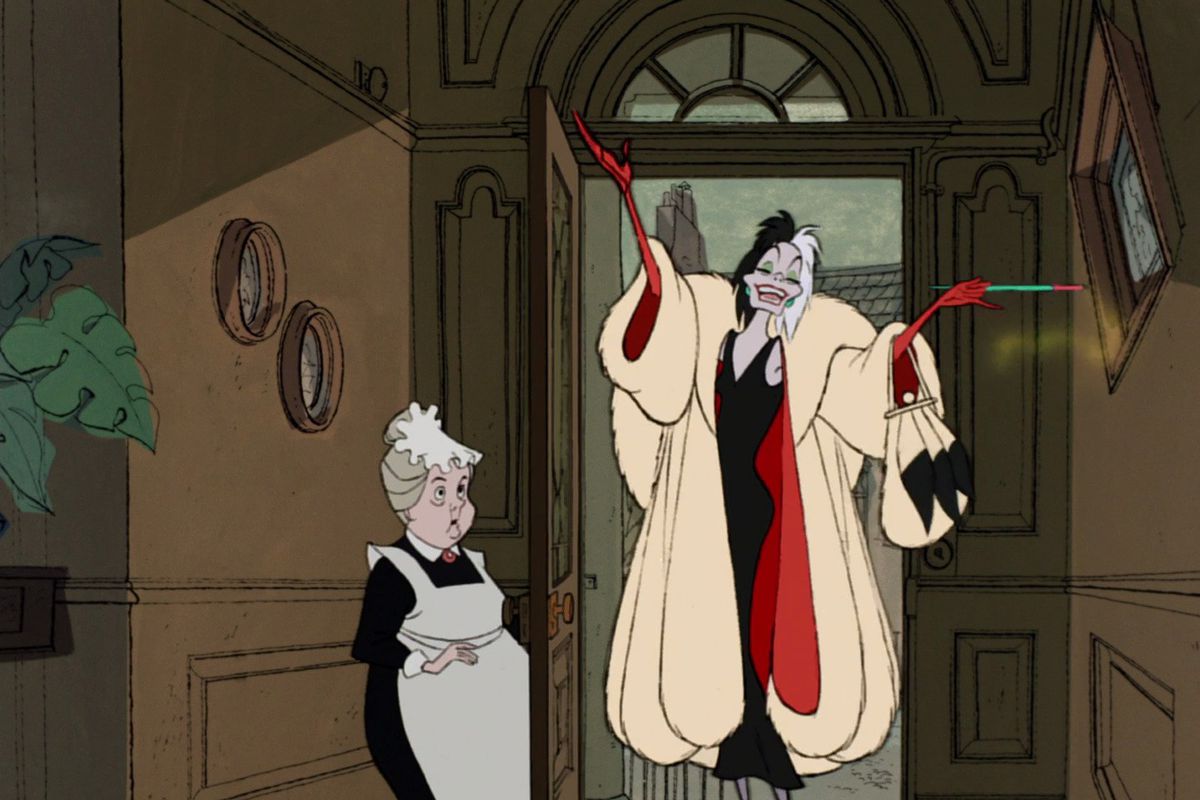
Cruella De Vil, the infamous villain from 101 Dalmatians, stands out as one of the most iconic antagonists in animation and children’s literature. With her distinctive black and white hair, extravagant fashion sense, and over-the-top personality, Cruella’s obsession with turning the spotted coats of Dalmatian puppies into fur garments defines her character’s dark and menacing nature.
Cruella’s flamboyance and dramatic flair, combined with her callous disregard for the well-being of animals, create a character that audiences love to hate. Her driving motivation—capturing the Dalmatian puppies for her own selfish desires—sets the stage for the conflict in the story, highlighting themes of compassion, resilience, and the bond between pets and their owners.
Despite her villainous ways, Cruella De Vil has become a memorable figure in popular culture. She represents the extremes of vanity and greed, a cautionary tale about the consequences of devaluing life in pursuing materialistic goals. Over the years, Cruella’s character has been explored in various adaptations, each delving into her complexity and enduring appeal as a quintessential villain in the world of family entertainment.
Curious George (Curious George)
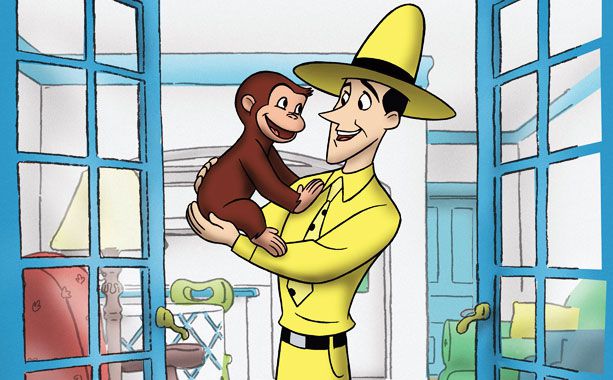
Curious George, the lovable monkey protagonist of the Curious George book series and various adaptations, captures the hearts of audiences with his insatiable curiosity and playful antics. Living with his friend, the Man with the Yellow Hat, George’s adventures often stem from his natural inquisitiveness, leading him into a series of mishaps and discoveries that entertain and educate children about problem-solving and the joy of learning.
George’s character celebrates curiosity and the learning process. His experiences highlight the importance of exploration and asking questions, even when they lead to unexpected outcomes. Through his eyes, young readers and viewers are encouraged to engage with the world around them, finding wonder and learning opportunities in everyday situations.
Despite the trouble George’s curiosity sometimes causes, the outcomes are always constructive, offering valuable lessons wrapped in gentle humour and kindness. His stories emphasise understanding and forgiveness, showing that mistakes are a natural part of learning and growth. Curious George’s enduring appeal lies in his embodiment of the joyful spirit of discovery, making him a cherished character for generations of children.
Cyborg (DC Comics)
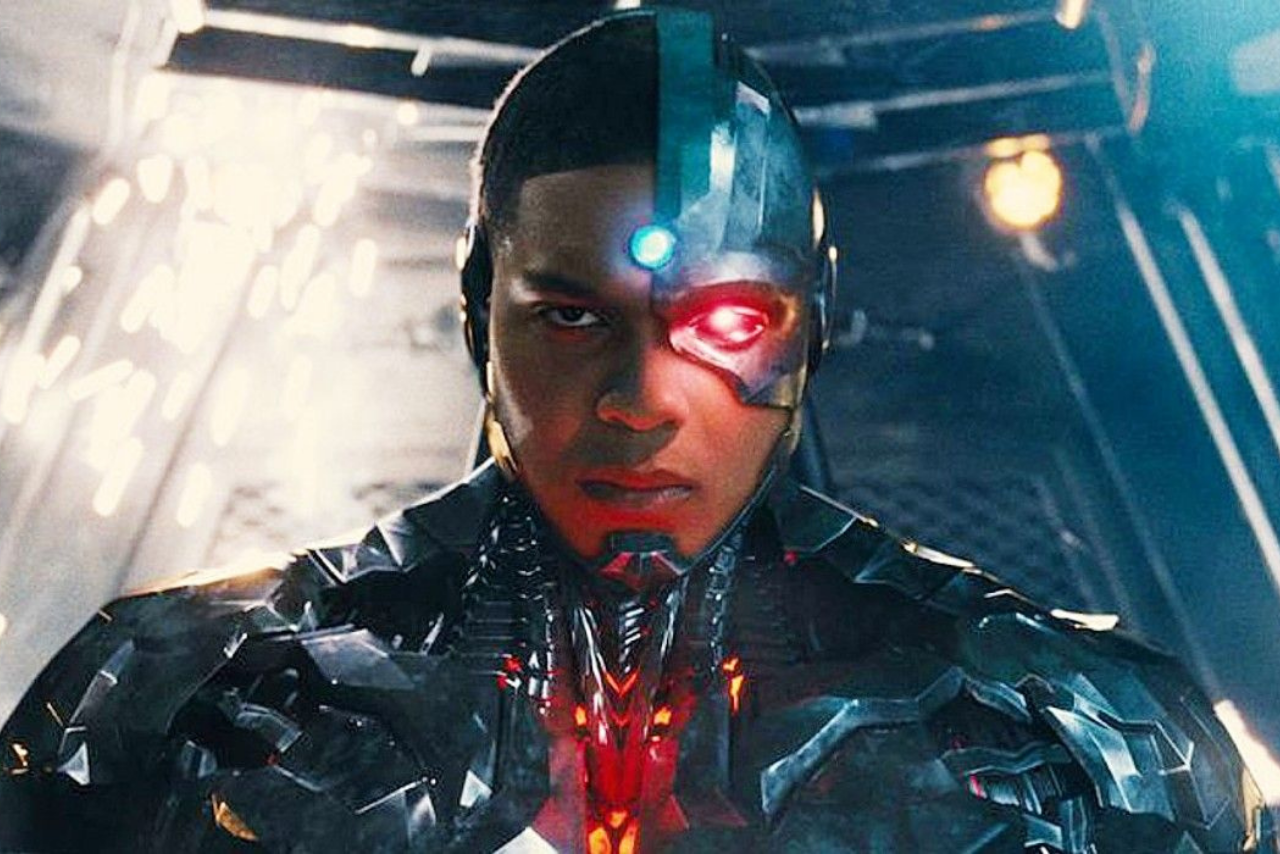
Cyborg, also known as Victor Stone, is a prominent character in DC Comics, often associated with the Teen Titans and the Justice League. A blend of advanced technology and humanity, Cyborg’s transformation into a half-man, half-machine superhero follows a tragic accident that nearly cost him his life. His scientist father saves him by integrating sophisticated cybernetic parts into his body, granting him extraordinary abilities such as super strength, advanced computation, and the capability to interface with technology.
Victor’s journey as a Cyborg explores themes of identity, humanity, and acceptance. Despite his incredible powers, he struggles with his sense of self and the loss of his previous life. This internal conflict adds depth to his character, resonating with audiences who appreciate nuanced portrayals of heroism beyond physical prowess. His story is a poignant narrative about the search for one’s place in the world while navigating the complexities of a dual existence.
Cyborg is a crucial member of team dynamics, bringing his technological expertise, combat skills, strategic thinking, and resilience. His ability to connect with machines and vast intelligence networks makes him invaluable in battles against formidable foes. Cyborg embodies the idea that strength comes from overcoming adversity and that even in the face of significant change, one’s humanity can shine through, making him a powerful and relatable figure in the DC Comics universe.
Cyclops (X-Men)
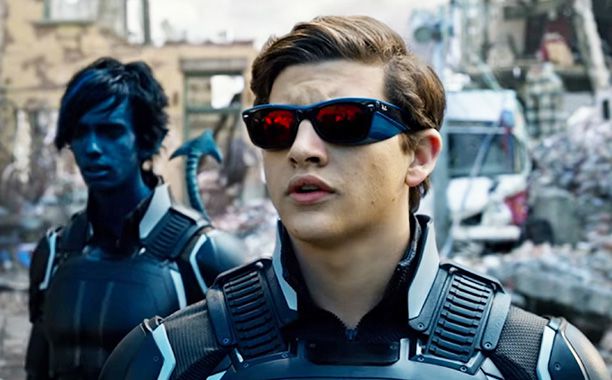
Cyclops, born Scott Summers, is a central character in the X-Men universe, renowned for his leadership skills and the distinctive optic blasts he emits from his eyes, a power he cannot control without the aid of specialised eyewear. As one of the original members of the X-Men, Cyclops has often been portrayed as the archetypal hero and the team’s strategic leader, embodying the ideals and values that Professor Charles Xavier teaches.
His role as a leader is complex and fraught with challenges, including navigating the dynamics within the team, making difficult decisions in the heat of battle, and carrying the weight of responsibility for the safety of his teammates. Cyclops’s character arc is rich with themes of duty, sacrifice, and the struggle to balance personal desires with the greater good, which resonate deeply with fans.
Cyclops’s relationships with other X-Men, especially his long-standing love interest, Jean Grey, and his rivalry with Wolverine add layers to his character, showcasing his humanity and vulnerability. His unwavering commitment to Xavier’s vision of peaceful coexistence between mutants and humans is a cornerstone of the X-Men narrative, highlighting Cyclops as a symbol of leadership and perseverance in the face of adversity.
Clifford the Big Red Dog
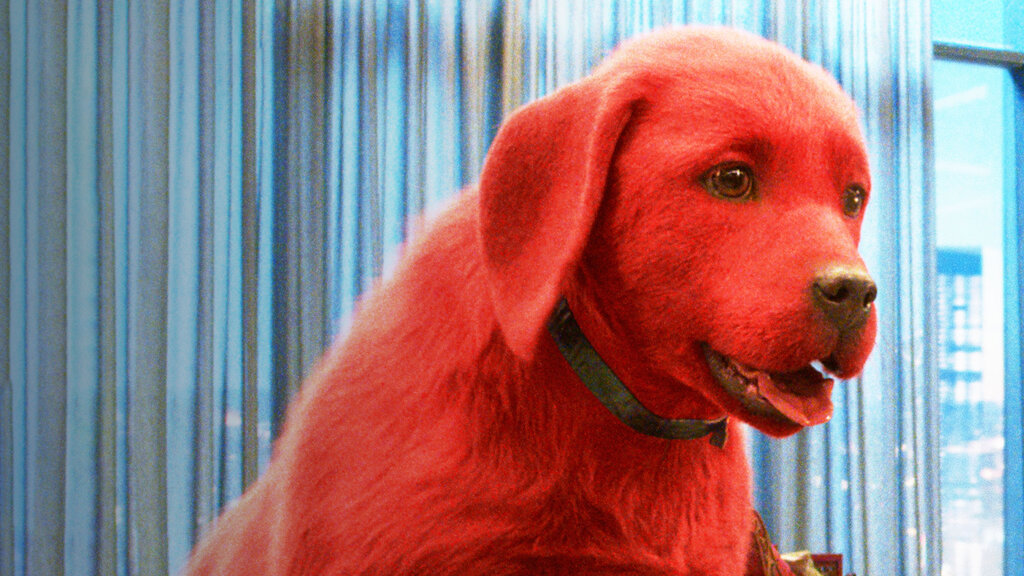
Clifford the Big Red Dog, a beloved character from children’s literature and television, stands out with his enormous size and vibrant red colour. Created by Norman Bridwell, Clifford’s stories are set in the fictional world of Birdwell Island, where he lives with his owner, Emily Elizabeth. The tales of Clifford are filled with heartwarming adventures that emphasise themes of friendship, community, and the joys and challenges of navigating the world as a gigantic dog.
Despite his imposing size, Clifford is gentle and kind-hearted, traits that endear him to the residents of Birdwell Island and the series’ young audience. His adventures often teach valuable life lessons, such as helping others, understanding differences, and the importance of kindness and empathy. Clifford’s interactions with Emily Elizabeth and his animal friends highlight the bond between pets and their owners, showcasing how mutual care and respect can lead to wonderful friendships.
Clifford’s significant physical presence is matched by his large heart, making him a memorable and influential character in children’s media. His stories entertain and impart important moral lessons, making Clifford the Big Red Dog a cherished figure in children’s literature and television, celebrated for bringing joy, education, and inspiration to generations of young readers and viewers.
Cogsworth (Beauty and the Beast)
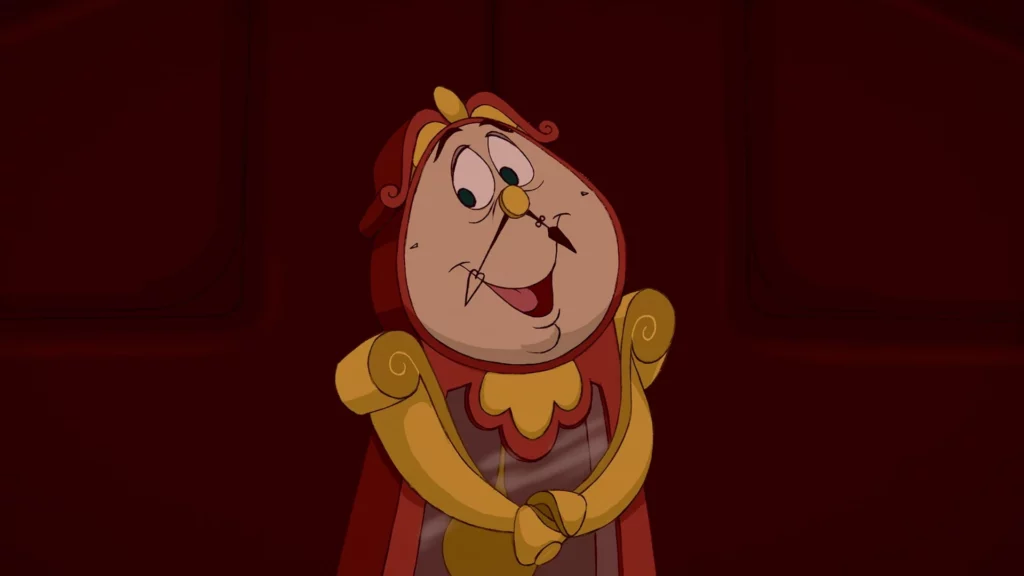
Cogsworth, the punctilious and loyal clock from Disney’s Beauty and the Beast, is an integral character in this enchanted tale. As the majordomo of the Beast’s castle, he is transformed into a clock due to the curse placed on the castle’s inhabitants. Cogsworth’s character embodies order and caution, often as a foil to the more relaxed and jovial Lumière, the candelabra. His meticulous nature and constant concern for the rules provide comic relief throughout the story.
Despite his sometimes fussy demeanour, Cogsworth is deeply devoted to the Beast and the other inhabitants of the castle, showcasing his loyalty and dedication. Like the other enchanted characters, his arc is tied to the story’s central theme—love’s transformative power. Cogsworth’s journey from a strict, clock-bound majordomo to regaining his human form highlights the narrative’s emphasis on redemption and the importance of inner beauty.
Cogsworth’s interactions with other characters, especially his banter with Lumière, enrich the castle’s lively atmosphere and add depth to the enchanted world within the Beast’s residence. His evolution throughout the film—from an anxious timekeeper to a brave participant in the fight against the invading villagers—underscores the film’s message of courage and change. Cogsworth remains a memorable character in Disney’s pantheon, symbolising that even the most rigid heart can learn to embrace change and new experiences.
Charizard (Pokémon Franchise)
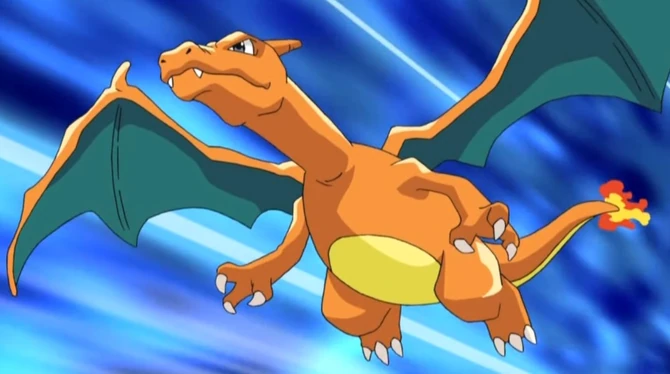
Charizard, one of the most iconic and beloved Pokémon, stands out as a formidable figure in the Pokémon universe. Originating from the Charmander evolution line, Charizard is known for its majestic, dragon-like appearance and ability to breathe intense flames. This Fire/Flying-type Pokémon is a favourite among trainers for its power, versatility, and the deep bond it can form with its trainer, often portrayed as a symbol of strength and determination in battles.
In the Pokémon series, Charizard’s presence is significant. It is often seen battling fiercely with a strong sense of pride and loyalty. Its ability to Mega Evolve into two different forms—Mega Charizard X and Mega Charizard Y—adds layers to its character, showcasing its adaptability and the depth of its powers. These evolutions enhance Charizard’s battle capabilities and its connection to its trainer, emphasising the theme of growth and transformation central to the Pokémon series.
Charizard’s popularity extends beyond the games and animated series; it’s a cultural icon in various media, merchandise, and competitive gaming. Its striking design, competitive viability, and the nostalgia it evokes for many fans have cemented Charizard’s status as a timeless and cherished character in Pokémon, embodying the adventure and camaraderie that the series is known for.
Chicken Little (Chicken Little)
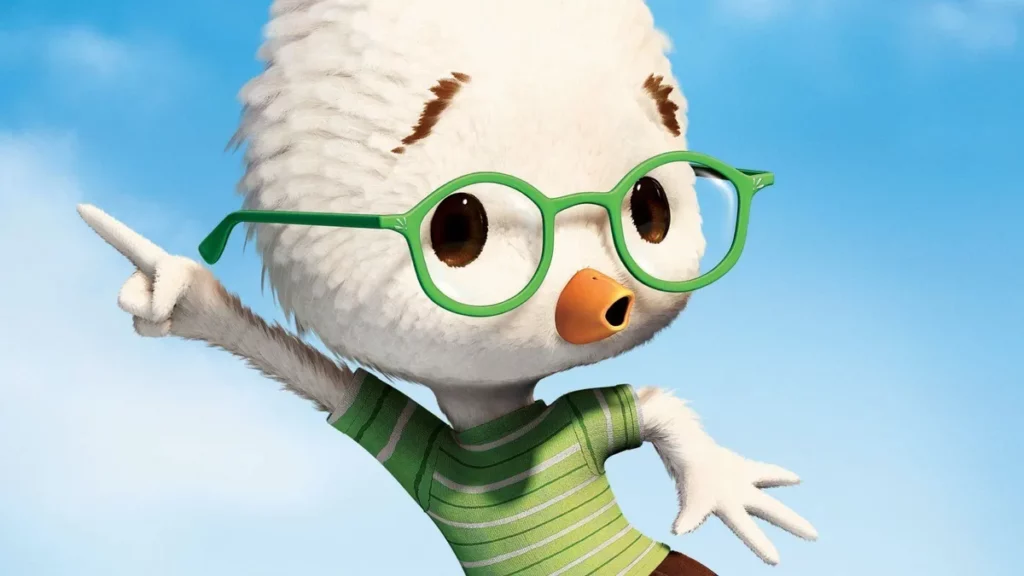
Chicken Little, the protagonist in Disney’s animated film’s well-known fable and star, is synonymous with anxiety and alarm. Traditionally depicted as a small bird who mistakenly believes the sky is falling after an acorn falls on his head, Chicken Little represents the theme of unnecessary panic and the consequences of spreading unfounded fears. In Disney’s adaptation, Chicken Little is transformed into an underdog hero, battling public perception and an actual extraterrestrial threat, giving a fresh twist to the classic tale.
In the animated movie, Chicken Little’s journey is self-discovery and redemption. His initial false alarm about the sky falling turns him into a laughingstock in his town. However, his determination to regain his credibility and protect his community showcases his growth from a scared, ridiculed character to a courageous one. The film explores trust, courage, and the importance of standing up for oneself, encapsulated in Chicken Little’s transformation.
With his mix of vulnerability, resilience, and eventual heroism, Chicken Little’s character resonates with audiences as it mirrors the universal experience of overcoming doubts and fears. Whether in the original fable or the animated movie, Chicken Little reminds us of the dangers of hasty conclusions while also highlighting the potential for personal growth and heroism in facing one’s fears.
Carl Fredricksen (UP)
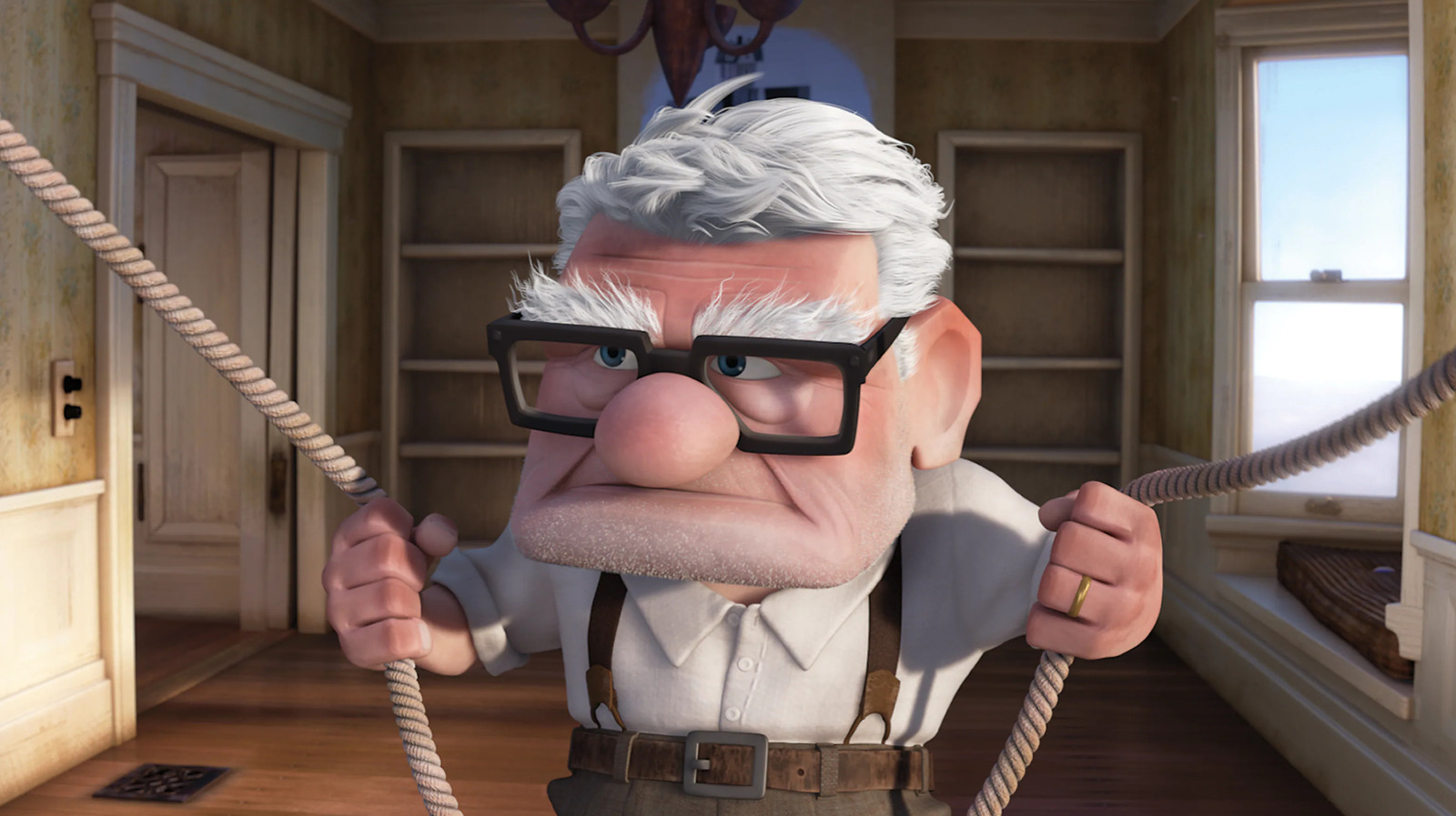
Carl Fredricksen, the elderly protagonist from Pixar’s Up, is a character who captures the hearts of audiences with his poignant story of love, loss, and adventure. As a widower who sets out to fulfil his lifelong dream and a promise to his late wife, Ellie, Carl embodies themes of perseverance, hope, and the pursuit of adventure at any age. His journey begins when he attaches thousands of balloons to his house, intending to fly them to the remote Paradise Falls, which he and Ellie had always dreamt of visiting.
Throughout the film, Carl’s character evolves from a grumpy, isolated old man to a caring and adventurous guardian figure to Russell, the young Wilderness Explorer who becomes his unintended companion. This transformation is beautifully illustrated through Carl’s interactions with Russell, the colourful bird Kevin, and the loyal dog Dug, showcasing his capacity for change and the breaking down the walls he had built around his heart after Ellie’s death.
Carl’s adventure in “Up” is not just a physical journey but an emotional one that revisits his past and rekindles his zest for life, demonstrating that it’s never too late to embark on new adventures and form new bonds. His story is a testament to the enduring power of love and the human spirit’s ability to find new purpose, making Carl Fredricksen an unforgettable and inspiring character in animated films.
Crush (Finding Nemo)
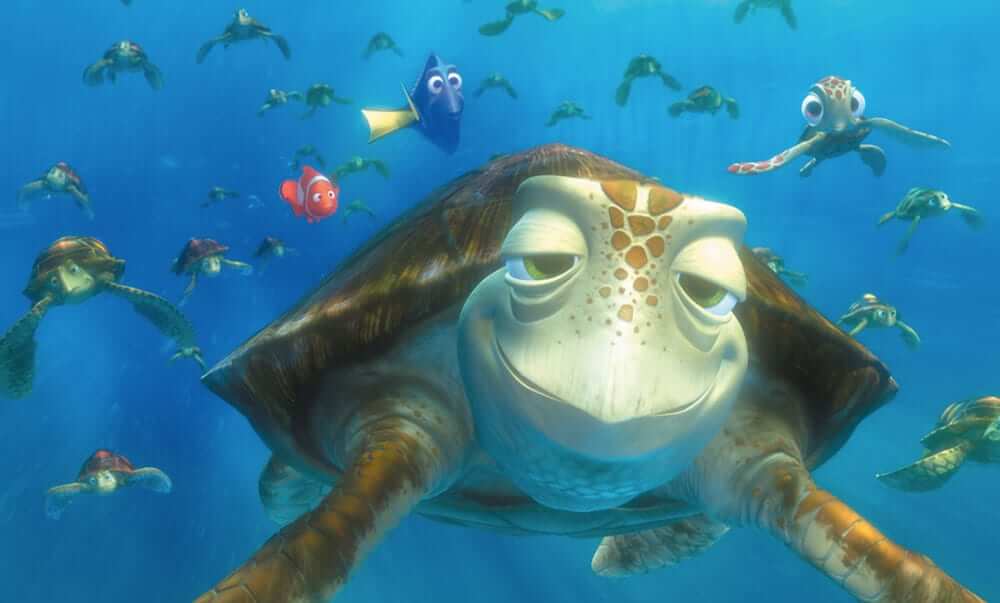
Crush, the laid-back sea turtle from Pixar’s Finding Nemo, embodies the quintessential surfer dude persona, with a carefree attitude and a penchant for riding the East Australian Current. His relaxed approach to life, complete with slang and a mellow demeanour, starkly contrasts the often tense and urgent undertones of the movie’s main quest.
During a critical point in the film, Crush serves as a mentor to Marlin, Nemo’s father. Through his guidance, Marlin learns to let go of his excessive caution and trust in Nemo’s abilities, highlighting a theme of parental growth and the importance of fostering independence in one’s children. Crush’s relationship with his son, Squirt, exemplifies a nurturing yet hands-off parenting style, encouraging learning through experience and adventure.
Despite his brief screen time, Crush leaves a lasting impression with his memorable catchphrases and philosophy of going with the flow, “just keep swimming.” His character adds a layer of humour and wisdom to the film, resonating with audiences of all ages and teaching valuable lessons about trust, letting go, and embracing life’s journey with optimism and openness.
Carnage (Marvel Comics)
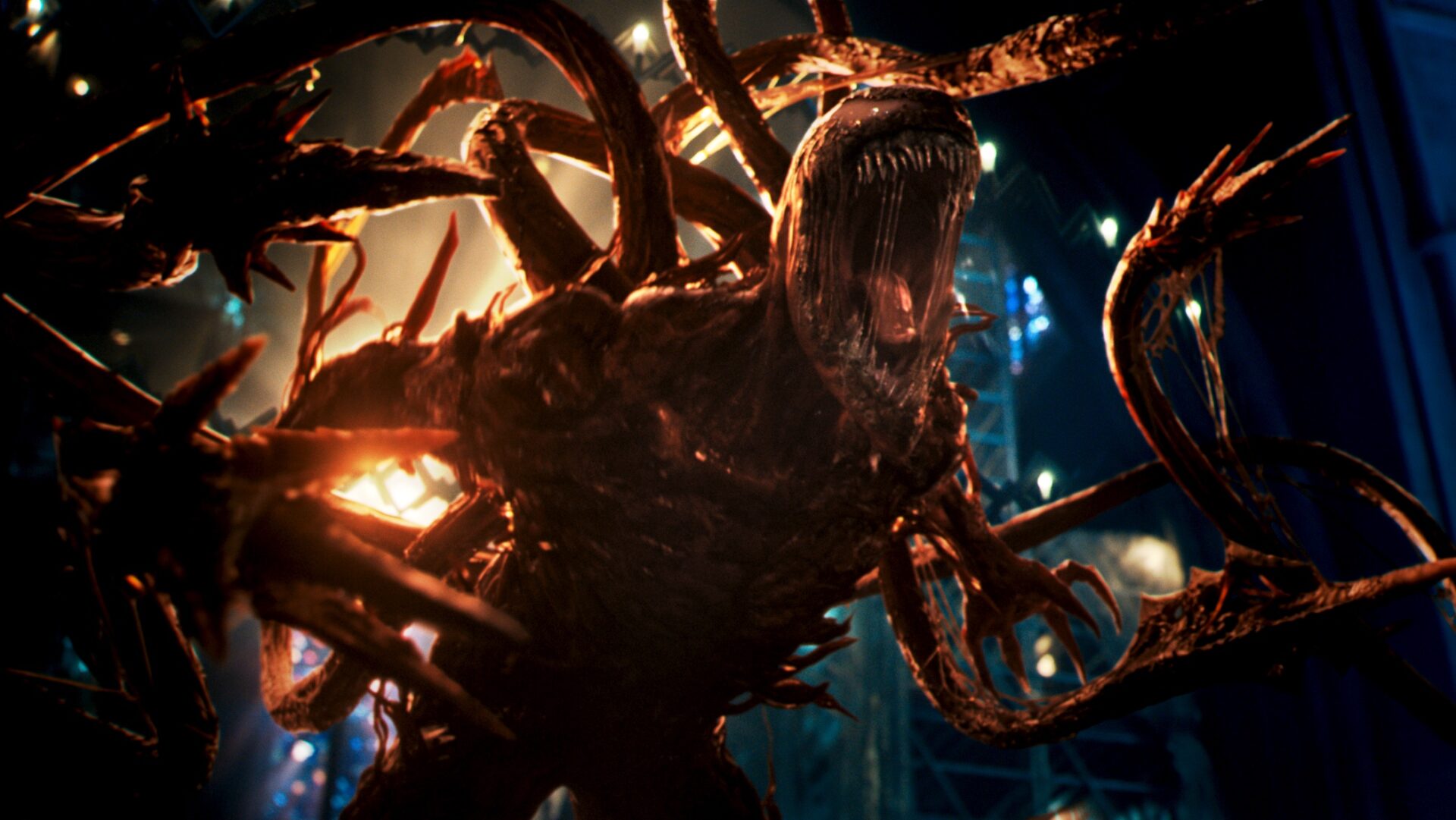
Carnage is a notorious villain in the Marvel Comics universe known for his malevolence, unpredictability, and sheer power. As the offspring of the Venom symbiote, Carnage bonds with serial killer Cletus Kasady, creating a symbiosis that amplifies Kasady’s psychopathic tendencies to extreme levels. This fusion results in one of Spider-Man’s most formidable and ruthless adversaries.
Carnage’s character is defined by chaos and destruction. Unlike Venom, which has moments of anti-heroism and a complex relationship with its host, Carnage represents unbridled savagery and seeks only to spread fear and violence. The symbiote’s ability to create weapons from its body and its near invulnerability make it a relentless force of nature, challenging not only Spider-Man but also the entire Marvel superhero community.
The stories involving Carnage delve into themes of darkness, insanity, and the nature of evil, often pushing characters to their limits. Carnage’s interactions with other characters, especially his arch-nemesis Venom and Spider-Man, explore the contrasts between different types of villainy and heroism, showcasing the complexities of their moral compasses. As a character, Carnage embodies the terrifying potential for destruction when power falls into the hands of those who relish chaos and mayhem.
Cady Heron (Mean Girls)

Cady Heron, the protagonist of Mean Girls, navigates the intricate social hierarchy of high school after being homeschooled in Africa for most of her life. Portrayed by Lindsay Lohan, Cady’s journey from an innocent, naive newcomer to a popular “mean girl” and, eventually, to a self-aware and considerate individual reflects the universal challenges of adolescence and the search for identity.
Initially, Cady’s lack of familiarity with typical high school dynamics allows her to offer a fresh perspective on the pettiness and superficiality she observes. However, as she integrates into the Plastics, the school’s elite clique, she begins to lose her sense of self, adopting the traits she once found perplexing. This transformation highlights the pressures to conform and the impact of peer influence during teenage years.
Cady’s character arc is a poignant exploration of redemption and self-discovery. Her realisation of the importance of genuine friendships and being true to oneself is a critical message about the value of individuality and integrity. Mean Girls effectively uses Cady’s experiences to critique and satirise high school culture, making her journey relatable to anyone who has navigated the complexities of teenage social life.
Candace Flynn (Phineas & Ferb)
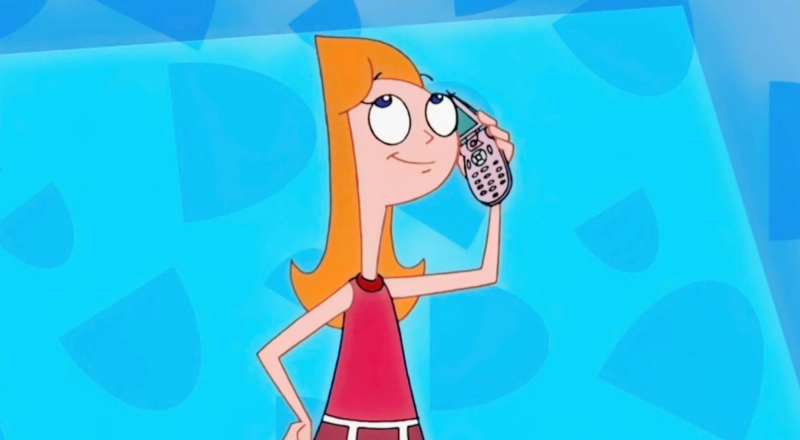
Candace Flynn, a prominent character from the animated series Phineas & Ferb, is known for her relentless attempts to expose the grandiose projects of her younger brothers, Phineas and Ferb, to their mother. Despite her frequent frustration and the almost supernatural way their evidence disappears before she can prove anything, Candace’s character adds a dynamic layer of humour and conflict to the show.
Candace’s personality is multifaceted—she’s not only obsessed with “busting” her brothers but also deals with typical teenage dilemmas, including her crush on Jeremy and her friendships. These aspects provide depth to her character, making her relatable to the show’s audience. Her experiences reflect the challenges of adolescence, including the desire for independence, the complexities of family relationships, and the quest for identity.
While often portrayed in a comical light, Candace’s character also shows moments of care and solidarity with her brothers, highlighting the underlying familial bonds. Her persistence, though frequently played for laughs, reflects a determination integral to her character. In Phineas & Ferb, Candace Flynn serves as a reminder of the trials of growing up, the intensity of sibling relationships, and the chaos and love that intertwine within family life.
Cat in the Hat (Dr. Seuss’s The Cat in the Hat)
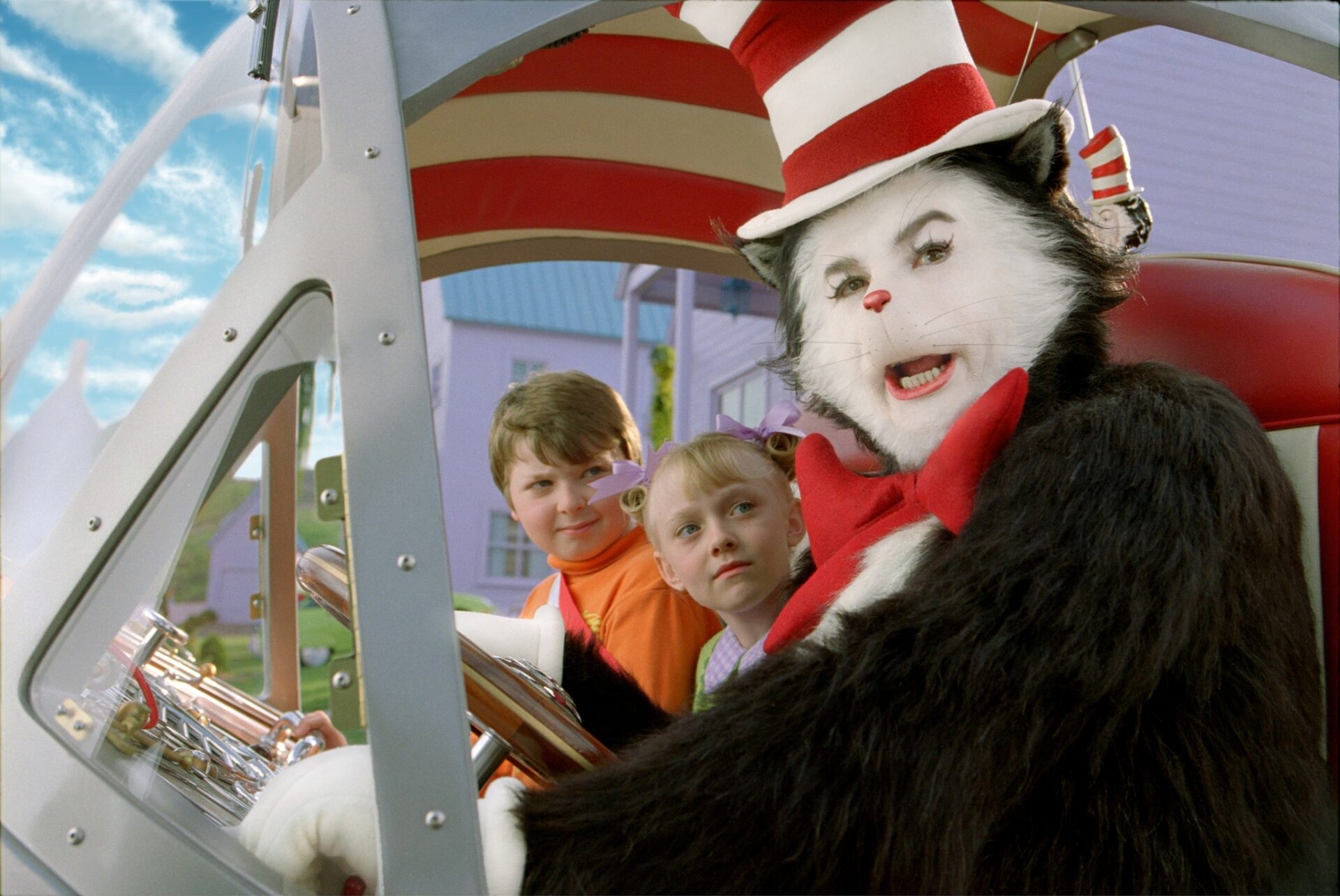
The Cat in the Hat, a character conceived by Dr. Seuss, is one of the most iconic figures in children’s literature. With his tall, striped hat and red bow tie, the Cat brings a whirlwind of fun and mischief into the lives of two young children, all while their mother is away. His playful, anarchic spirit challenges the mundane and introduces an element of chaos that is both thrilling and alarming.
The Cat’s character embodies the themes of imagination and the joy of breaking from routine, albeit with a lesson on the limits and consequences of such actions. His antics, accompanied by the mischievous duo Thing 1 and 2, turn the children’s rainy afternoon into an unforgettable adventure, demonstrating the power of creativity and play. However, as the story unfolds, the Cat reveals the importance of responsibility, tidying up the chaos he creates just in time for the mother’s return.
Through The Cat in the Hat, Dr. Seuss explores the balance between order and disorder, the known and the unknown, and the safe and the adventurous. The character’s enduring appeal lies in his representation of the untamed, curious spirit inherent in every child and the universal desire to explore beyond boundaries, making him a beloved and timeless figure in children’s literature.
